When the weather warms up, your rabbit's world gets a little more dangerous. One warm-weather hazard that every rabbit owner should take seriously is fly strike. This condition sounds as unpleasant as it is—and it moves fast.
Click Here For a Guide to Creating the Ideal Litter Box.
If you've ever found yourself asking, "How can I stop my rabbit from getting maggots?" or "Why do flies go near my rabbit's bottom?"—you're not alone. Fly strike is something no rabbit owner wants to deal with. But the good news? With daily awareness and some smart habits, preventing fly strike is entirely doable.

Let's walk through exactly what fly strike is, how to spot it early, and what steps you can take to keep your rabbit clean, comfortable, and safe.
What Is Fly Strike?
Fly strike, also called myiasis, happens when flies lay eggs on a rabbit's skin—usually in dirty, moist fur near the rear. Once the eggs hatch, the maggots begin to feed on your rabbit's skin and underlying tissue.
It's more than just gross. It's painful, invasive, and deadly if left untreated. Many rabbits can decline within 24 hours of developing fly strike.
This condition is most common in warmer months. High humidity, heat, and a dirty environment are a combination that draws flies—and flies love damp, dirty fur, especially around the rabbit's bottom.
If your rabbit has soft stool stuck to their fur, a urine-soaked bottom, or a wound that hasn't healed, it could attract flies looking to lay eggs. Flies can even detect these spots from a distance. Within hours, maggots can hatch and begin burrowing into the skin. It's fast, aggressive, and incredibly painful.
How to Know if Your Rabbit Has Fly Strike
Early signs of fly strike might be easy to miss, especially for new rabbit owners. The best way to catch it in time is to stay consistent with checking your rabbit's rear and overall behavior.
Keep an eye out for these symptoms:
Wet or soiled fur, especially near the tail or hindquarters
Sudden restlessness or signs of pain (like thumping, grinding teeth, or refusing to move)
Loss of appetite
A strong smell or visible maggots around the bottom
If you suspect fly strike, do not attempt home remedies. Your rabbit will need professional treatment right away. Delaying care can lead to shock or death.
Daily Habits That Help With Preventing Fly Strike
Good daily routines make all the difference. Preventing fly strike is all about cleanliness, awareness, and checking in on your rabbit's hygiene. If your rabbit is clean and its living area is fresh, flies will have no interest in sticking around.
Here's how to stay ahead of it:
Check your rabbit’s bottom daily: During summer, check at least twice a day. If your rabbit has any mess around the tail, gently clean and dry the area. Don't leave anything damp—flies love moisture.
Clean up poop and urine right away: Soft poop stuck in fur (cecotropes) can create the perfect spot for fly eggs. If your rabbit is sitting in a wet litter box or on soiled bedding, that smell alone is enough to invite trouble.
Keep their enclosure spotless: Fresh bedding, daily litter box changes, and good airflow are basic but effective. A clean cage doesn't just keep your rabbit happy—it makes it harder for flies to survive nearby.
Don’t let flies in your home: Use flyscreens, hang fly strips, and consider a fly trap or electric zapper. If your rabbit has outdoor playtime, give them a thorough check when they come back inside.
These steps don't take long, and they'll become second nature over time. Catching a damp or dirty spot on your rabbit early means you can clean it up before flies get the chance to take notice.
Products That Help With Preventing Fly Strike
Sometimes you need more than daily habits, especially during the height of summer or if your rabbit has a health issue that makes them messier than usual.
One of the most widely recommended products by veterinarians is Rearguard. It's a topical preventative that deters flies from laying eggs and interrupts maggot development if they do.
Ask your vet before using any product. Some rabbits with sensitive skin or medical conditions may need alternatives. But when used correctly, Rearguard can offer up to 10 weeks of protection.
When to Consider Vet-Approved Products:
If your rabbit is older or has arthritis and can't clean themselves as easily
If your rabbit is overweight and has difficulty grooming
If your rabbit regularly has soft or wet stool due to diet or digestive issues
If your rabbit has urinary issues and their bottom stays wet
These are cases where even the best grooming routine might not be enough. When in doubt, talk with your vet about the best fly strike prevention plan for your rabbit's specific needs.
What to Do If You Suspect Fly Strike
Fly strike is not a wait-and-see situation. If you find maggots, inflamed skin, or anything unusual near your rabbit's rear, get them to a vet immediately. Call ahead and let them know it's urgent.
Do not try to bathe or remove the maggots yourself. Washing your rabbit can make it harder for the vet to assess the area. The rabbit might also be in shock, and extra stress will only make it worse.
According to the Rabbit Welfare Association and Fund, maggots typically need to be removed surgically. Your rabbit may also need antibiotics, pain relief, and monitoring at a clinic for several days.
This is why speed matters. Every hour counts. If you act fast, your rabbit has a much better chance of surviving and recovering.
Tips for Preventing Fly Strike in At-Risk Rabbits
Some rabbits are naturally at higher risk. Understanding why can help you take action before it becomes a problem. Here's what to look for:
Weight issues: Overweight rabbits often can't reach their rear to groom properly. This creates a breeding ground for fly strike. If your rabbit is gaining weight, talk with your vet about how to help them return to a healthy weight.
Joint problems: Arthritis makes grooming harder. Your rabbit may need anti-inflammatory medication or other support to stay clean.
Digestive issues: If your rabbit has mushy or irregular droppings, there may be an underlying condition like GI stasis or a poor diet.
Urinary problems: Wet fur around the genitals or back legs is a common sign. Your vet can diagnose the root cause and help with medication or changes in litter setup.
Helping your rabbit stay mobile, dry, and groomed is key. You don't have to do it alone. Most of these issues can be improved with professional advice and adjustments to your care routine.
Why Preventing Fly Strike Should Be Part of Your Daily Rabbit Care
Fly strike doesn't happen out of nowhere. It starts with something small—some soft poop stuck to fur, a few flies buzzing around. But left unchecked, it can become deadly. That's why preventing fly strike needs to be as routine as feeding or cleaning the litter box.
If you're new to rabbits or want to brush up on rabbit care basics, you can explore our Rabbit Starter Kit. It covers essentials like grooming, diet, and health signs to watch for—perfect for keeping your bun safe and thriving.
Want more tips on keeping your rabbit healthy and comfortable in warmer weather? You might also like this guide on cooling your rabbit in summer from our blog.
Seasonal Fly Strike Risk: Why Summer Is the Danger Zone
Fly strike is possible year-round, but summer changes the game. Warmer temperatures mean more flies. More flies mean a higher risk for eggs landing on your rabbit—especially if they spend time outside or live near open windows.
This is the time to be the most diligent. Even if your rabbit is spotless and healthy, one lazy cleaning day could set the stage for an infestation.
Here's how to shift your routine during summer months:
Double up on checks: In summer, examine your rabbit's bottom twice a day—morning and night. The extra check can be the one that catches trouble early.
Increase cage cleanings: Swap out bedding and litter more frequently. Once a day is a good goal, but in heat waves or during high humidity, aim for twice if possible.
Improve airflow: Heat and moisture get trapped quickly. Place your rabbit's setup in a spot with good air circulation (but no direct drafts).
Add fly-repelling herbs near enclosures: Natural options like basil, rosemary, or lavender help deter flies. Just don't place anything directly inside the habitat unless it's approved as safe for rabbits.
If your rabbit has outdoor time, keep a designated grooming towel near the door. Give their bottom a quick check and clean before letting them back into the house or cage. Prevention doesn't stop when playtime ends.
Vet Advice and Fly Strike Recovery
Even with your best efforts, fly strike can still happen. Sometimes it's just bad luck. Other times, it's related to an issue that hasn't been diagnosed yet. Either way, professional help is the only safe path forward.
If your vet confirms fly strike, they'll likely take several steps:
Clip away fur to locate all the maggots
Surgically remove maggots from the skin
Clean and disinfect the wound area
Administer painkillers and antibiotics
Keep the rabbit in for monitoring during recovery
Post-treatment, rabbits often need rest, wound care, and a warm, clean space while they recover. Many vets will also walk you through how to modify your care routines to prevent a recurrence.
For more vet-recommended practices, see this guide by PDSA, a trusted animal charity in the UK that provides practical prevention tips and care instructions for rabbit owners.
Preventing Fly Strike in Long-Haired Rabbits
Rabbits with long or dense coats (like Lionheads or Angoras) are at greater risk. Their fur tangles easily, and dirt gets trapped without you noticing. What looks fluffy on the outside can be wet and matted underneath.
If you have a long-haired rabbit, consider adding these habits to your care routine:
Daily brushing: Keeps fur free of tangles and lets you check the skin underneath.
Rear trimming: Ask your vet or groomer to trim the fur around the bottom during fly season.
Dry shampoo: For spot cleaning when a full bath isn't safe or possible. Make sure it's rabbit-safe and fragrance-free.
Don't wait for signs of mess. With long-haired rabbits, prevention is all about keeping fur short, clean, and easy to manage before flies take interest.
Helpful Grooming Tools for Preventing Fly Strike
A good grooming routine is one of the simplest ways to keep flies away. While you don't need fancy gear, a few affordable tools can help you stay consistent and thorough.
Soft-bristle brush: For general grooming and checking fur for mess or mats.
Grooming scissors: For trimming hair near the rear—carefully and with control.
Organic cotton wipes or cloths: For gentle spot cleaning around the hindquarters.
Staying on top of grooming doesn't just help with fly strike—it makes it easier to monitor your rabbit's overall health. You'll notice cuts, swelling, or soft poop before they become bigger issues.
When Clean Isn't Enough: Medical Reasons Behind Repeated Messes
If your rabbit seems to keep getting dirty no matter how often you clean, there could be a medical explanation. And those issues often go hand in hand with an increased risk of fly strike.
Don't ignore persistent messes. Instead, bring them up with your vet. Here are a few possible causes:
Dental disease: Rabbits with overgrown teeth may struggle to eat cecotropes, leading to buildup around the bottom.
Spinal problems: Discomfort or nerve damage can prevent proper grooming and movement.
Diet imbalance: Too many pellets or too little fiber can cause wet droppings.
If you're not sure where to start, our blog on unusual health signs in rabbits can help you connect some of the dots.

Let’s Talk Litter Boxes
It might not seem like it, but the type of litter box you use—and how often you clean it—has a direct impact on fly strike risk. Damp bedding or soiled litter is fly heaven.
Use litter that absorbs moisture quickly and doesn't stick to fur. Paper-based litters are often a better choice than wood shavings, which can be too rough and dusty.
Try this simple habit: Scoop your rabbit's litter box at least once a day, and fully replace the contents every 48 hours—or sooner if it smells or looks dirty.
Want more info on healthy rabbit hygiene? Don't miss our post on how to clean a rabbit with a poopy butt, which covers safe cleaning methods and when to call in the vet.
Key Takeaways: Fly Strike Prevention Is About Routine and Observation
Fly strike is aggressive and painful—but not unstoppable. Keeping your rabbit clean, dry, and closely monitored during fly season is your best defense. The more attention you pay to your rabbit's back end, the more protected they'll be.
To recap:
Clean your rabbit’s bottom and litter box daily
Watch for fly activity, especially in warmer months
Use preventative products like Rearguard when needed
Seek immediate vet care if you spot maggots, wounds, or swelling
Fly strike doesn't wait. But with the right tools, habits, and help from your vet, your rabbit doesn't have to suffer from it.







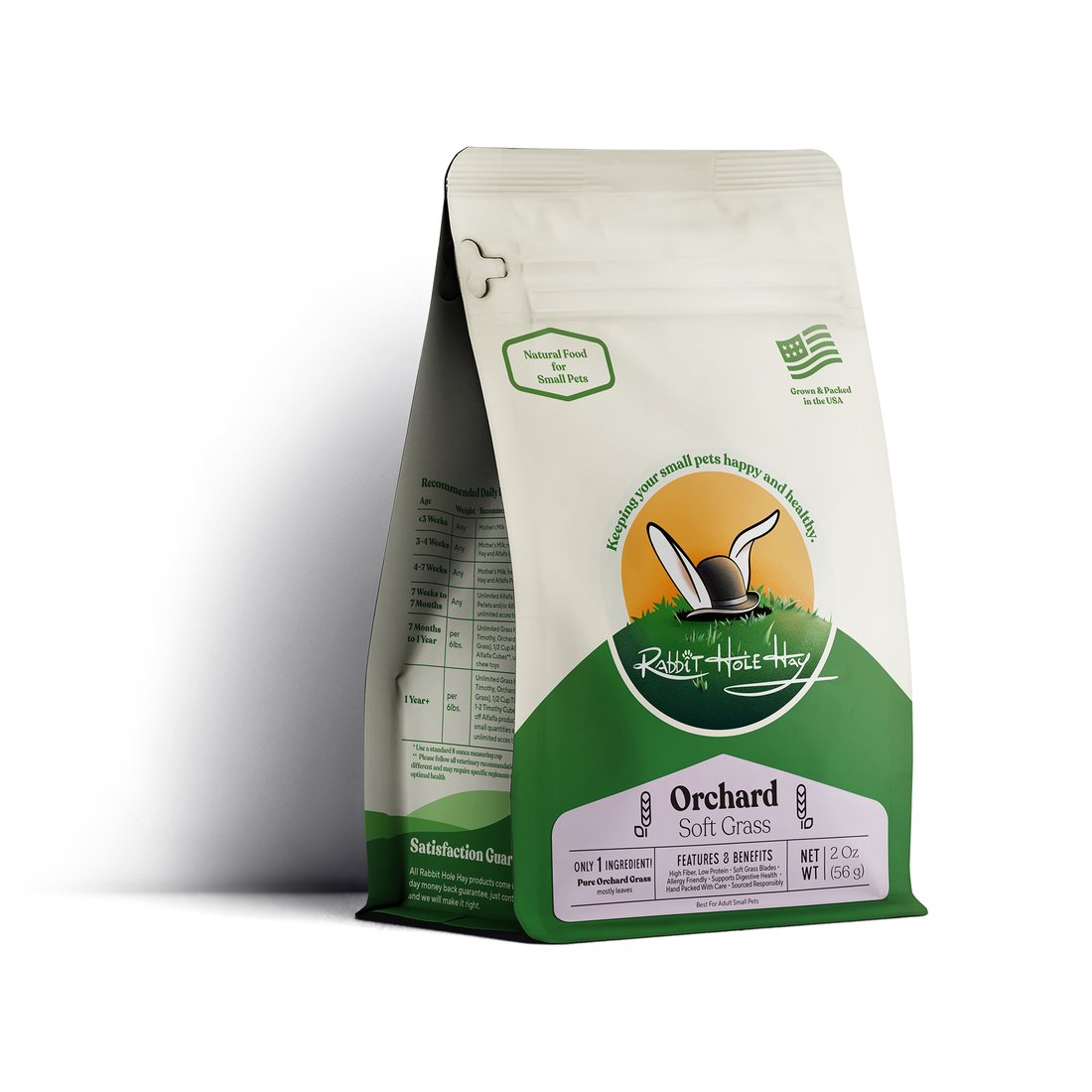

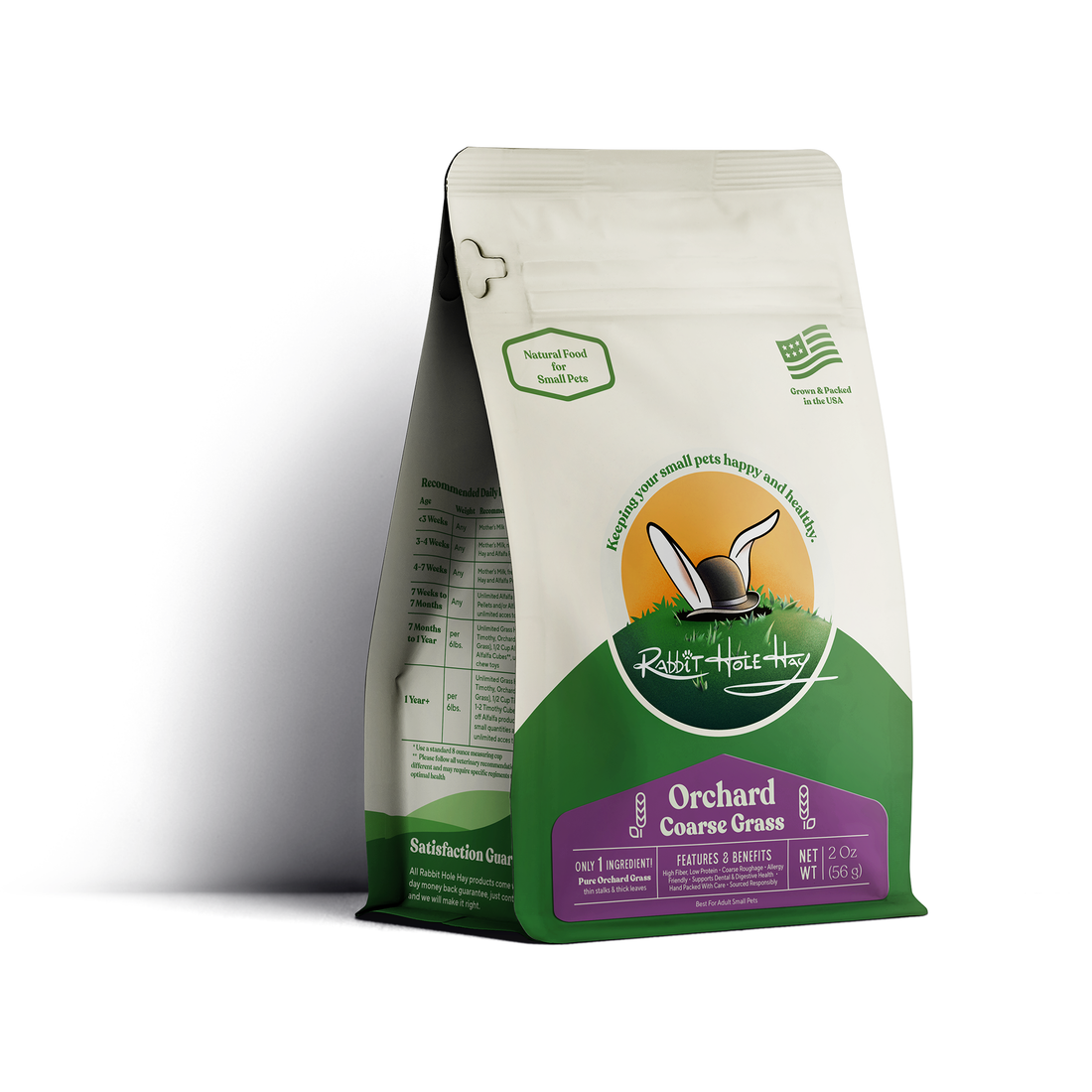

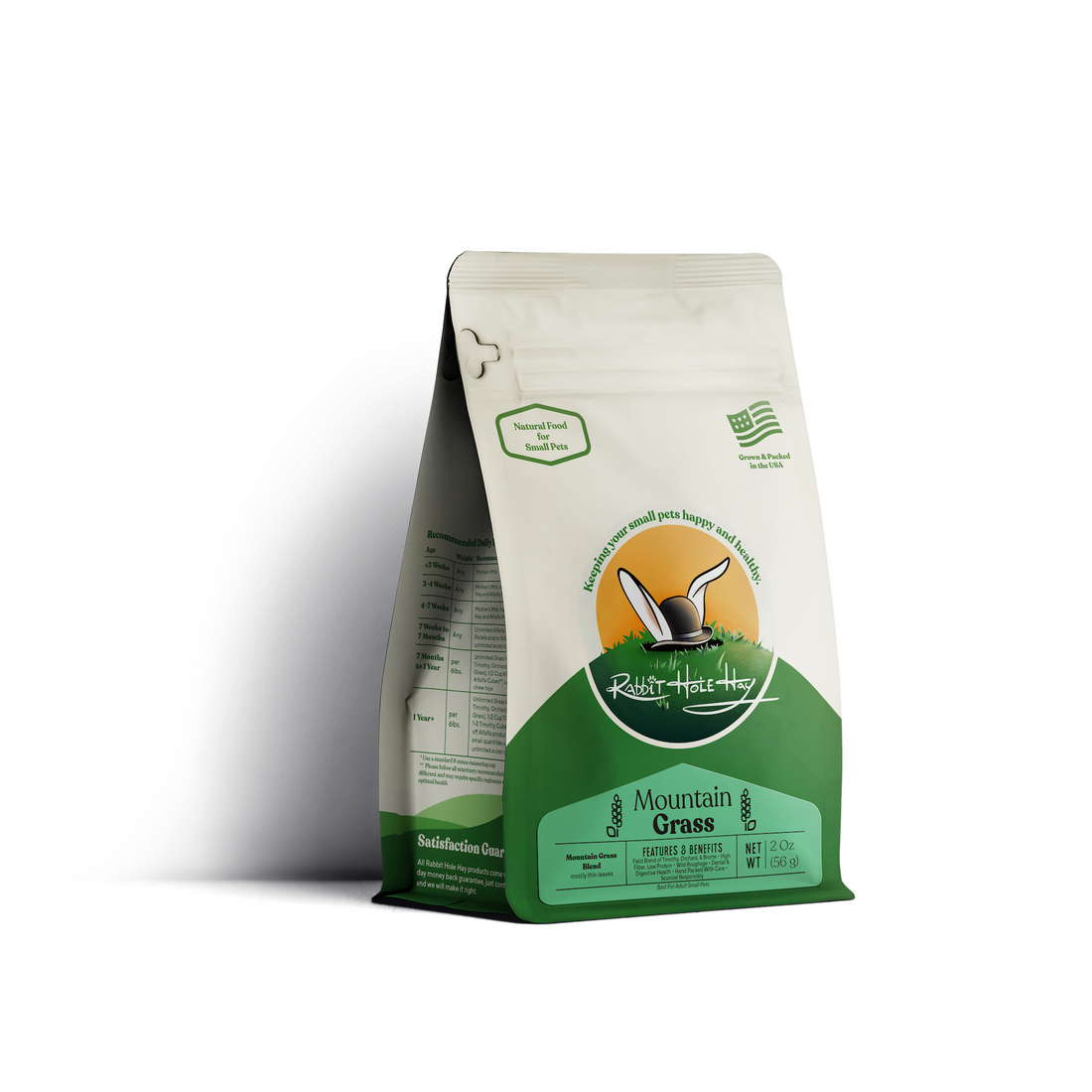

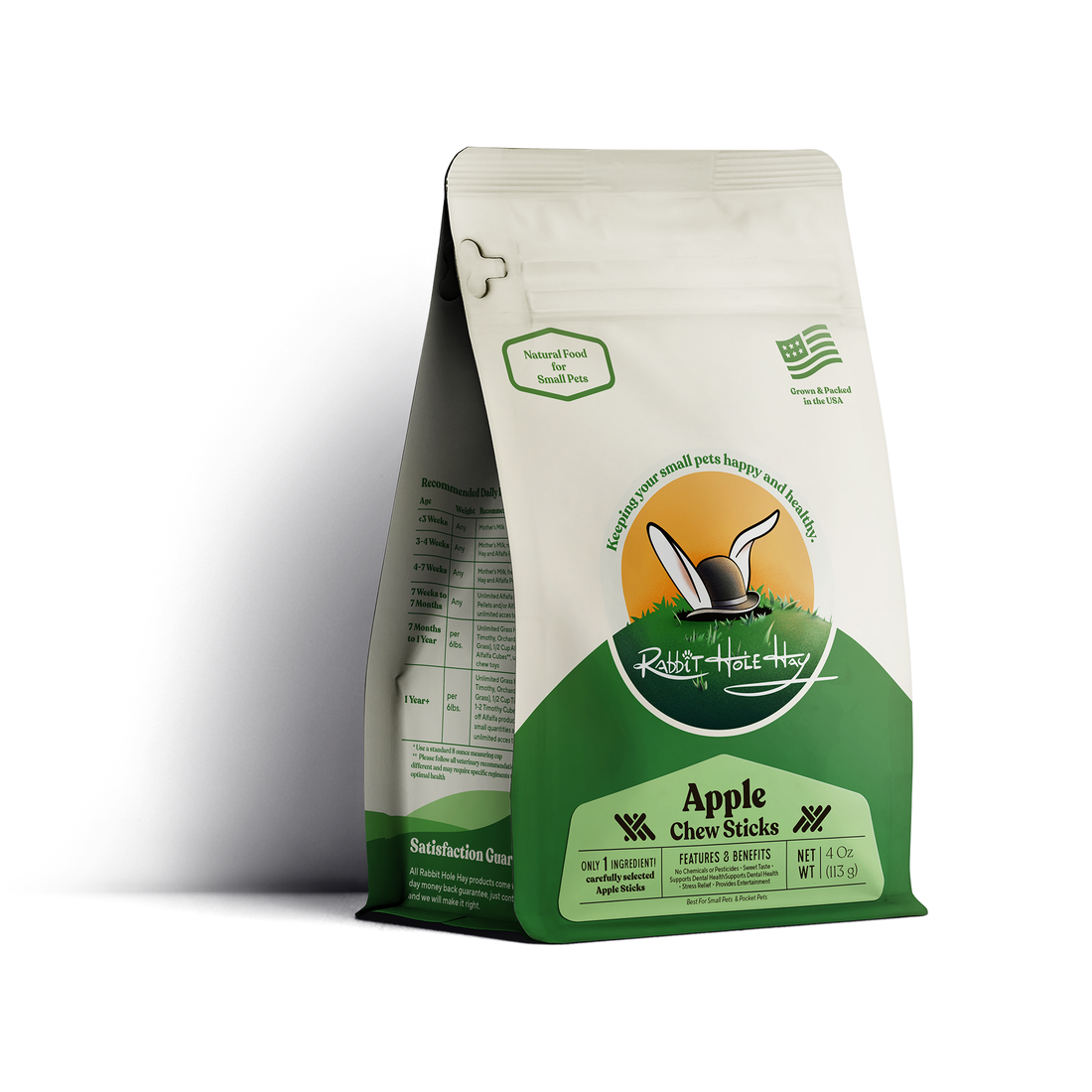



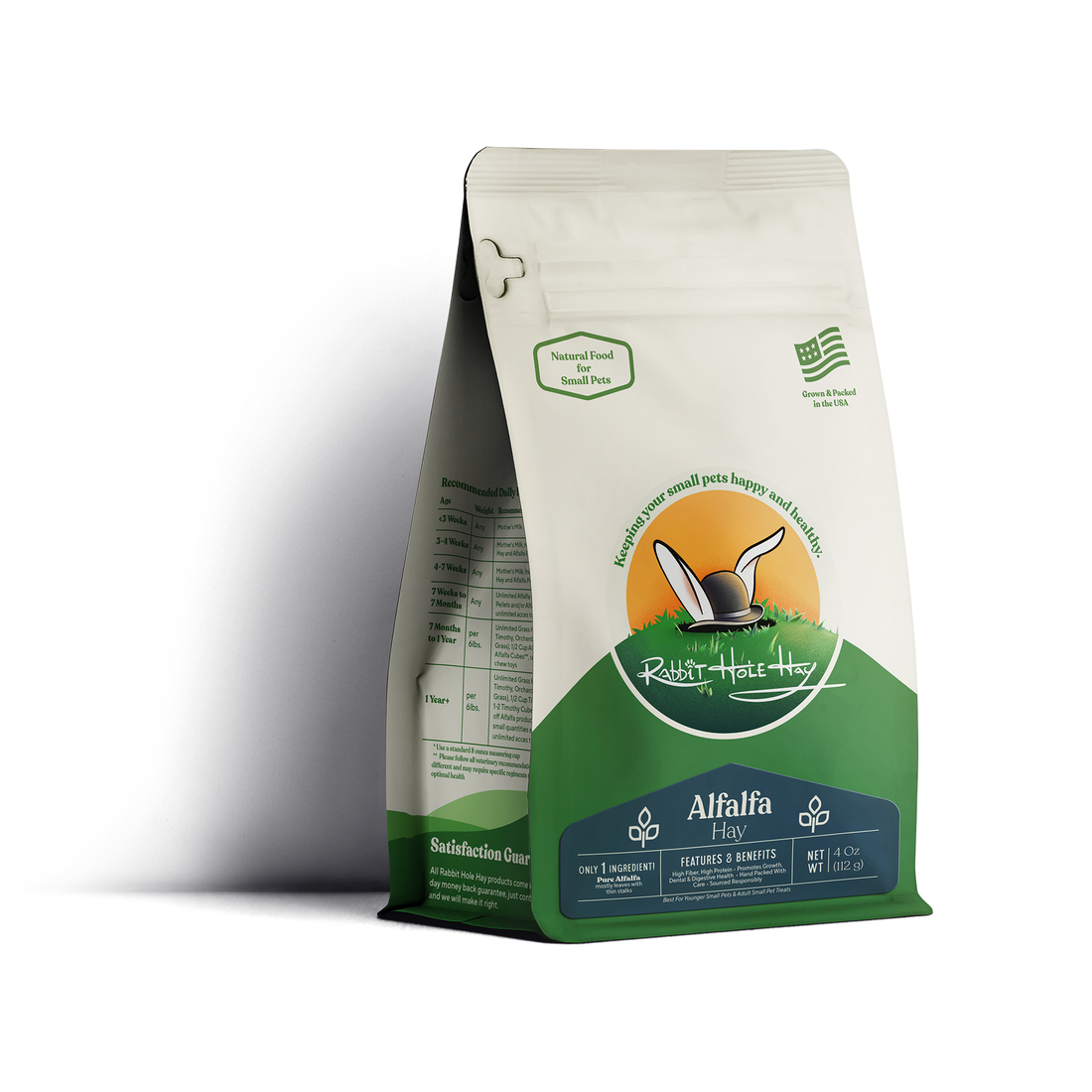

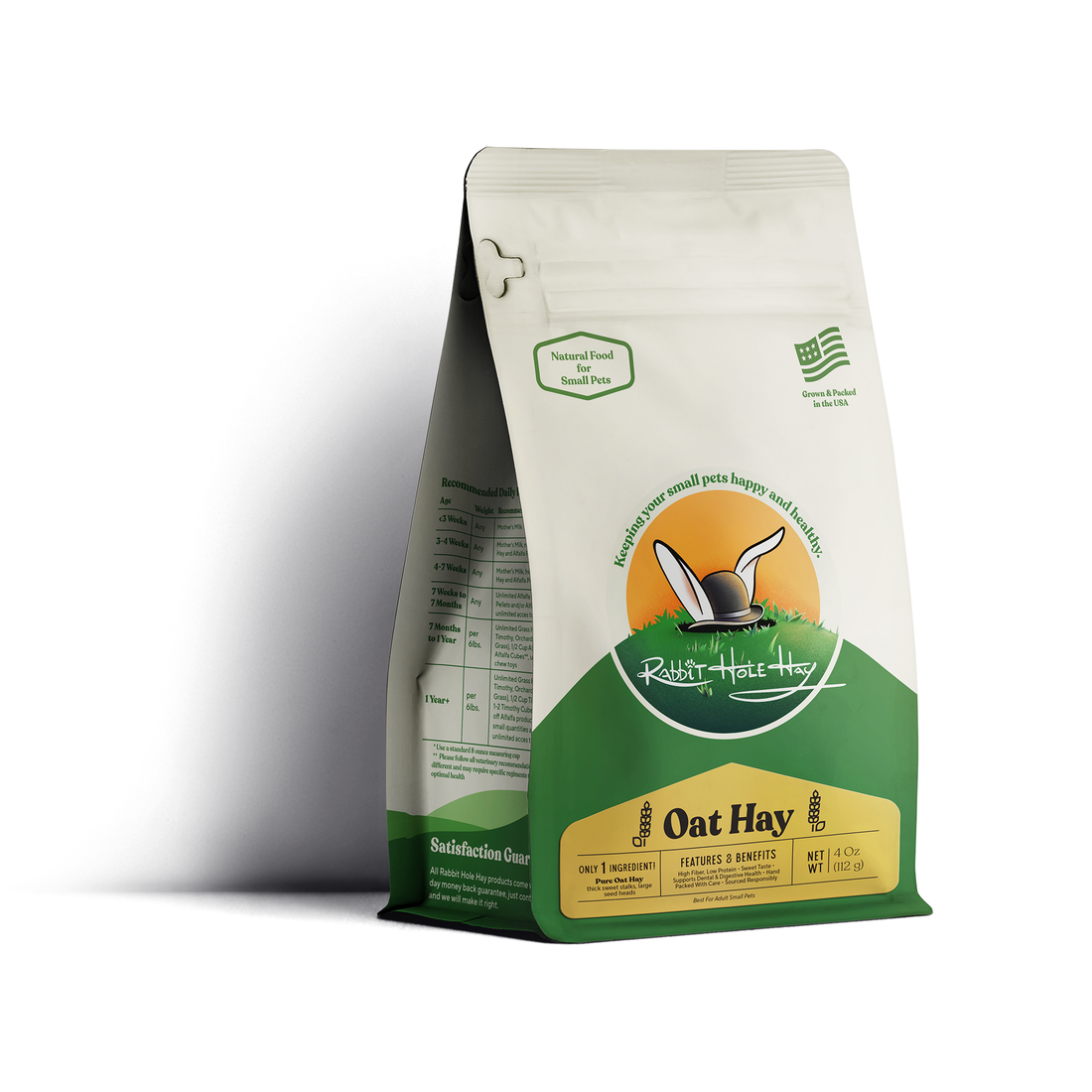
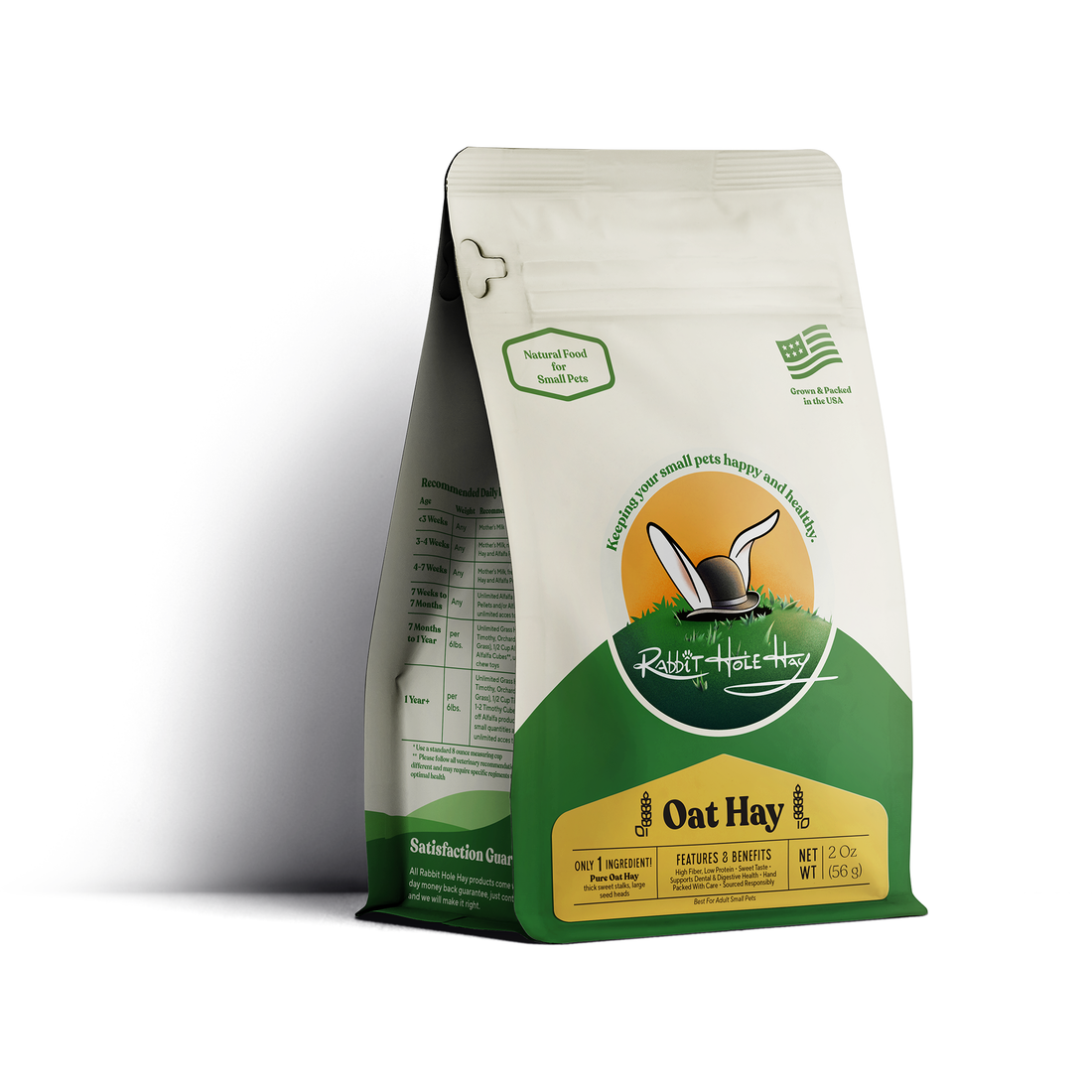
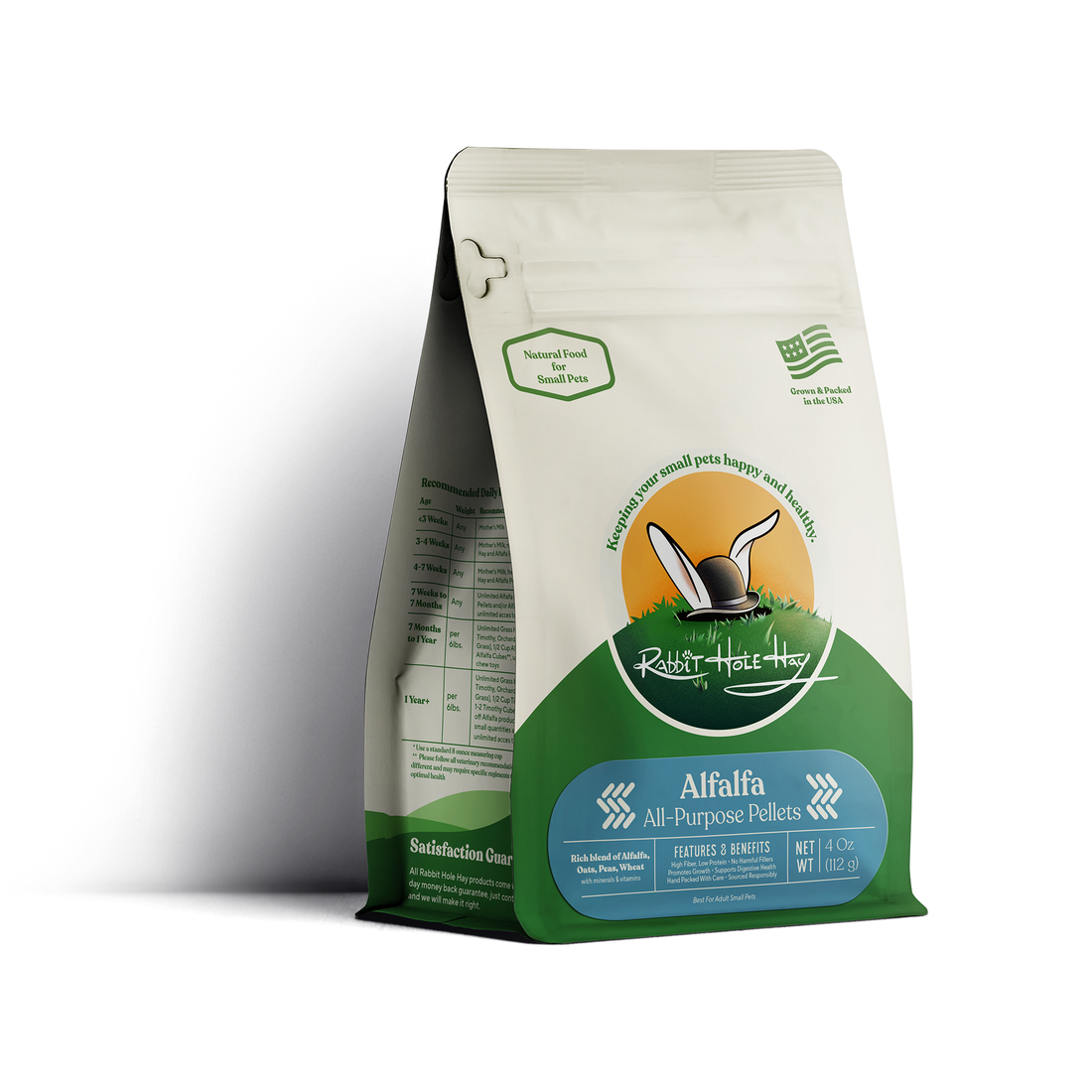

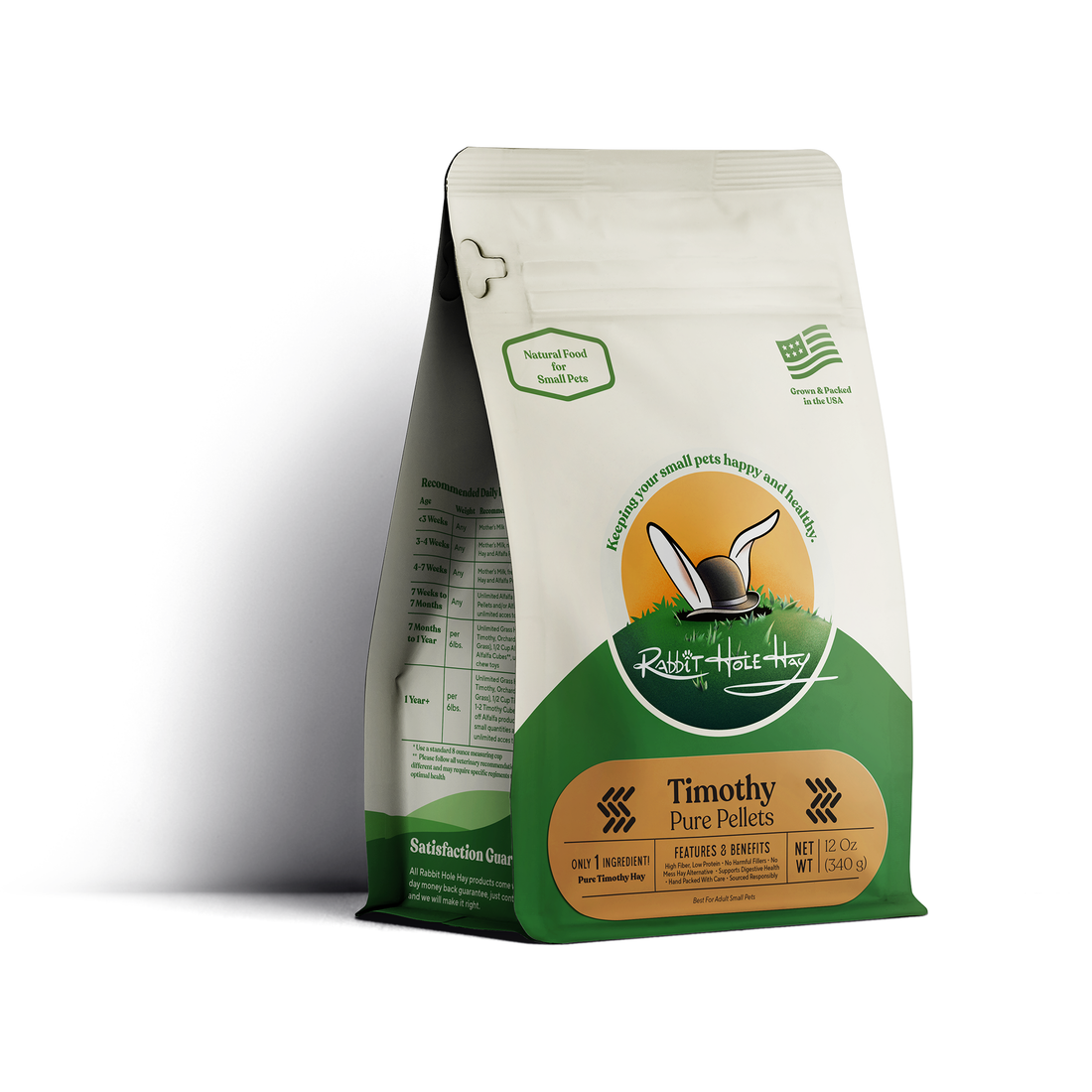

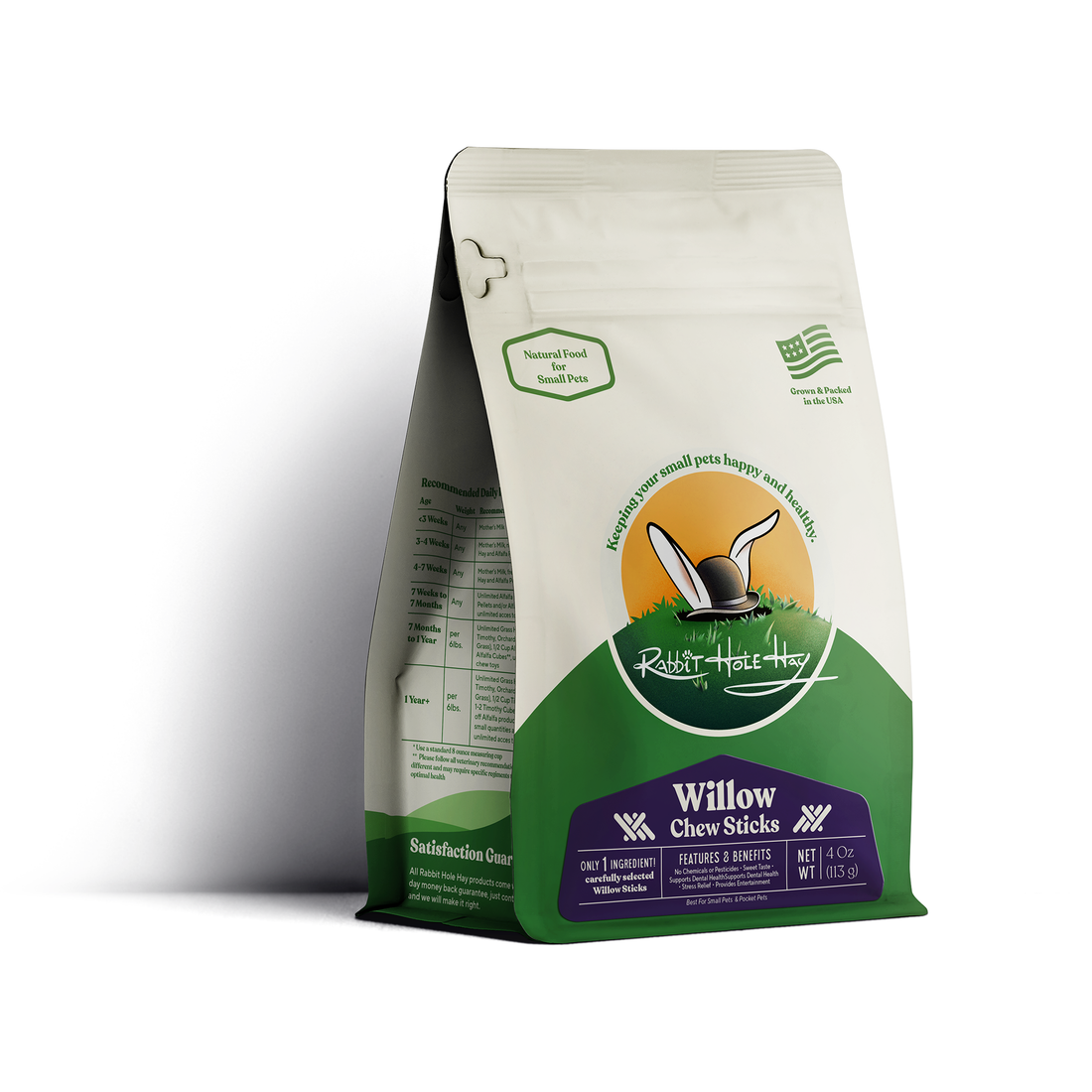

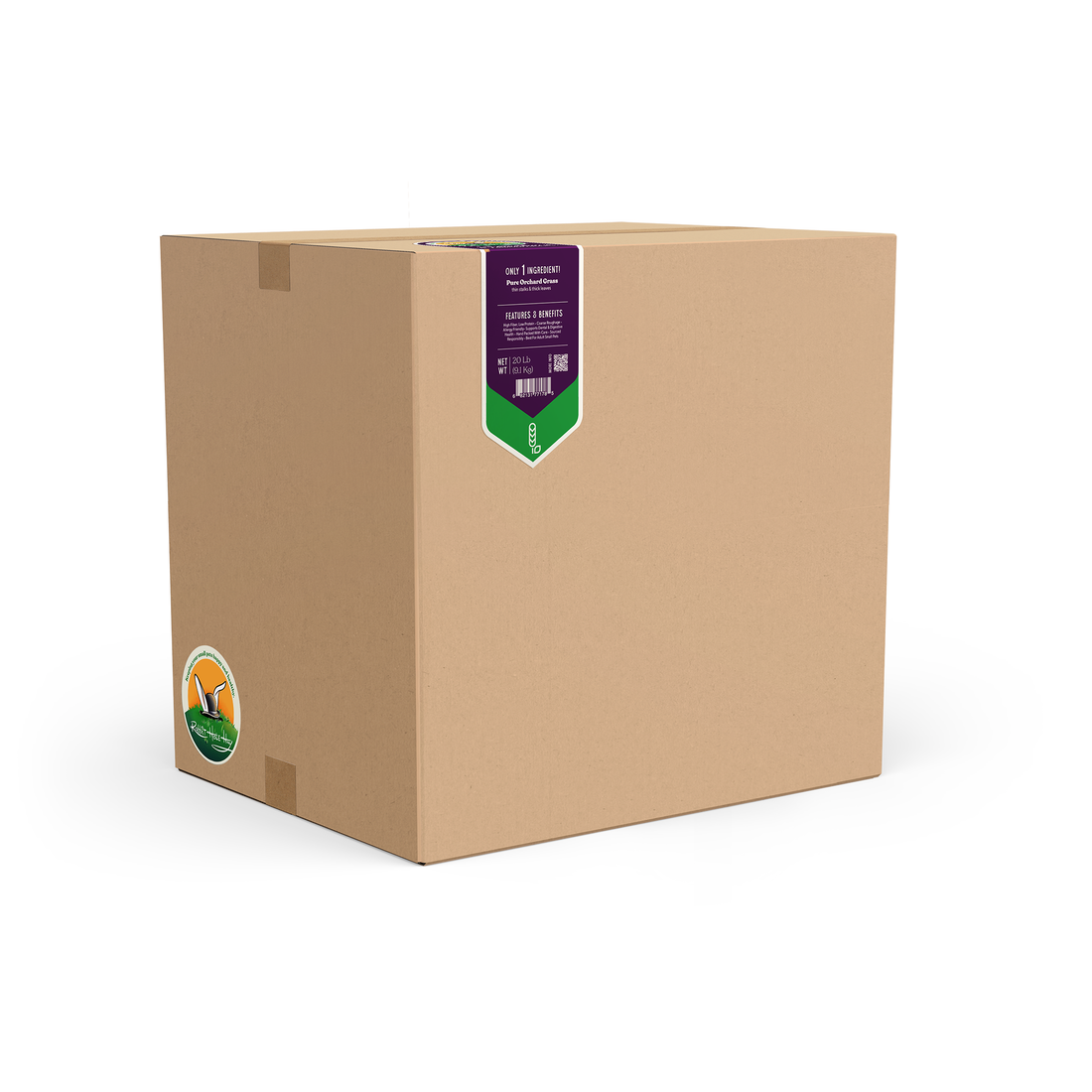

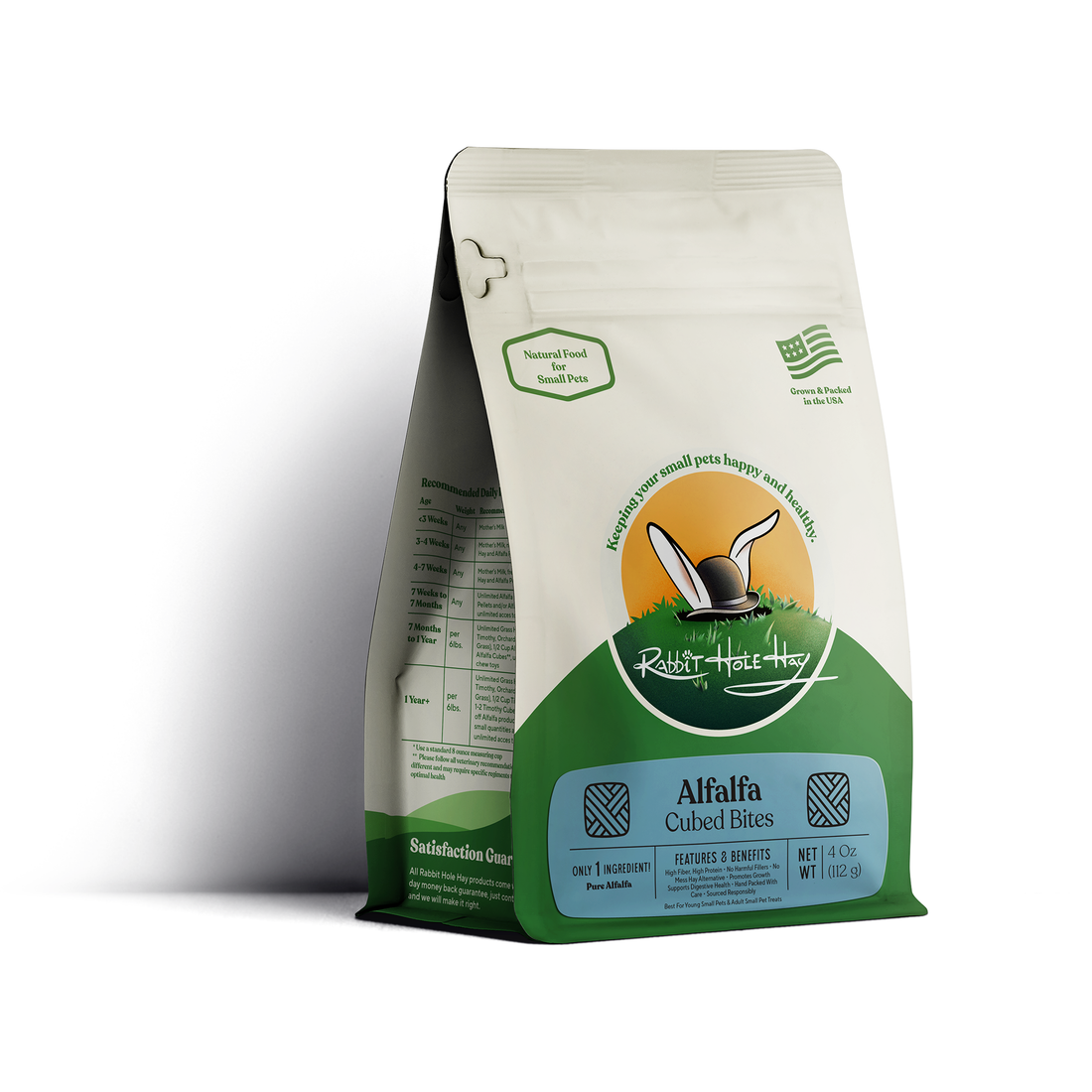

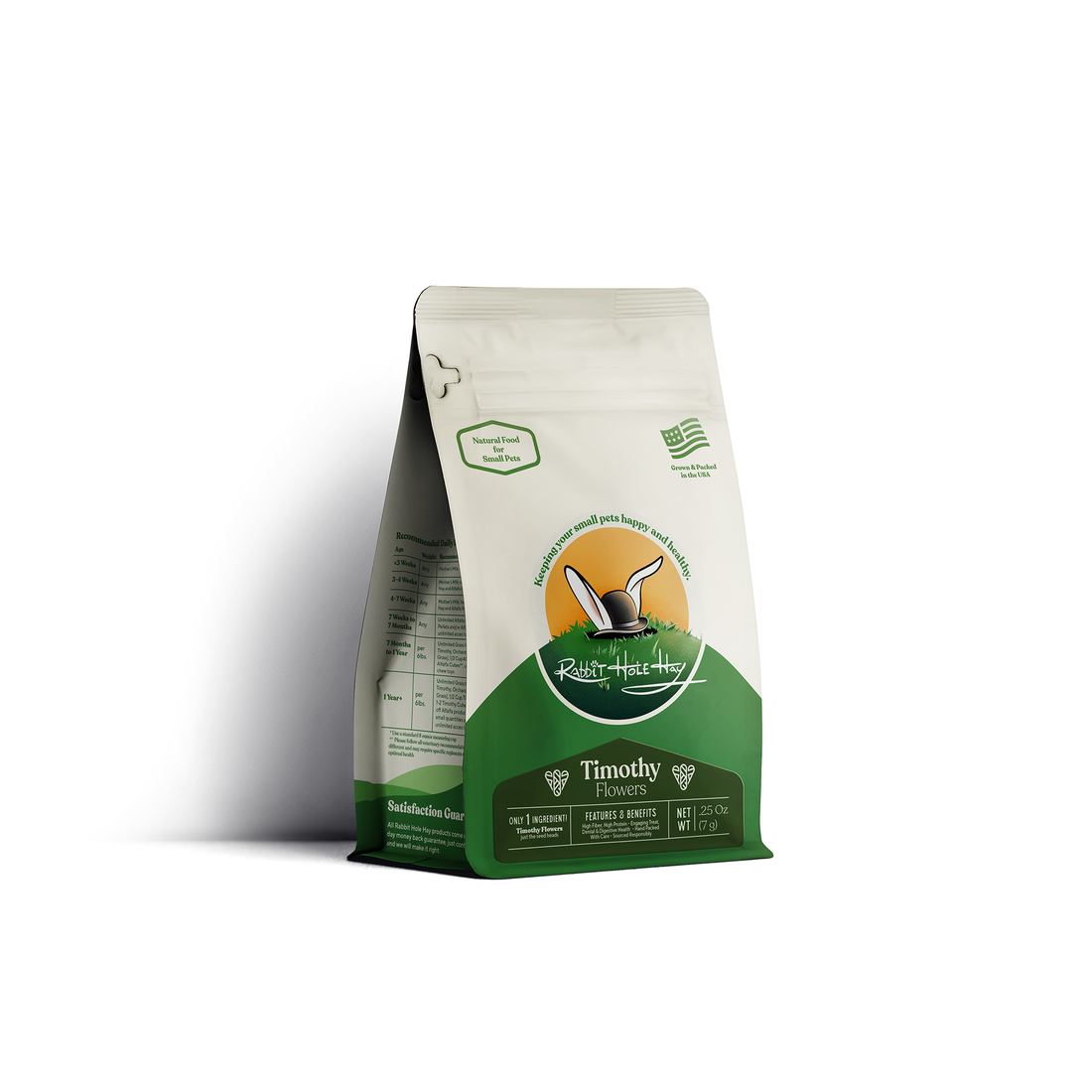

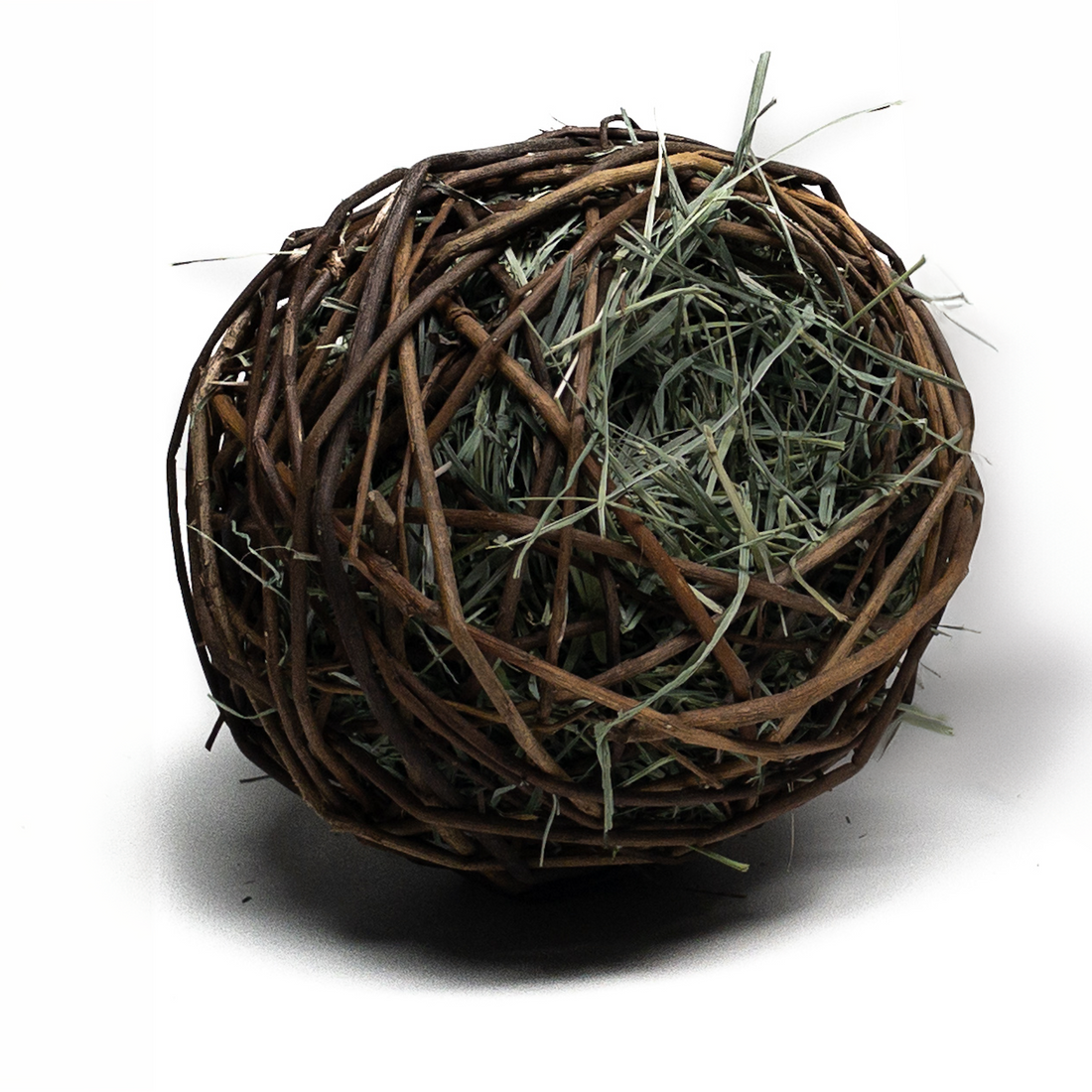
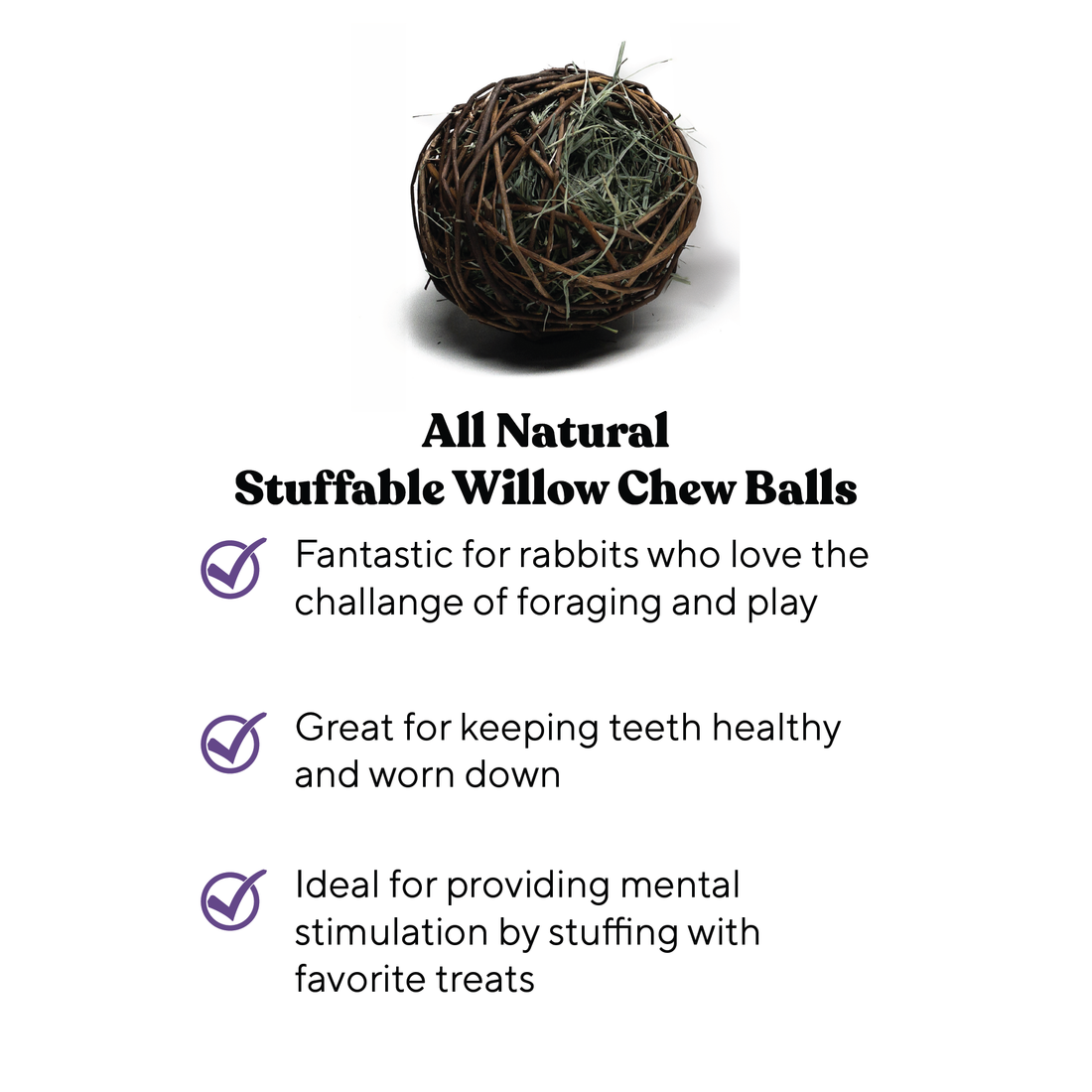
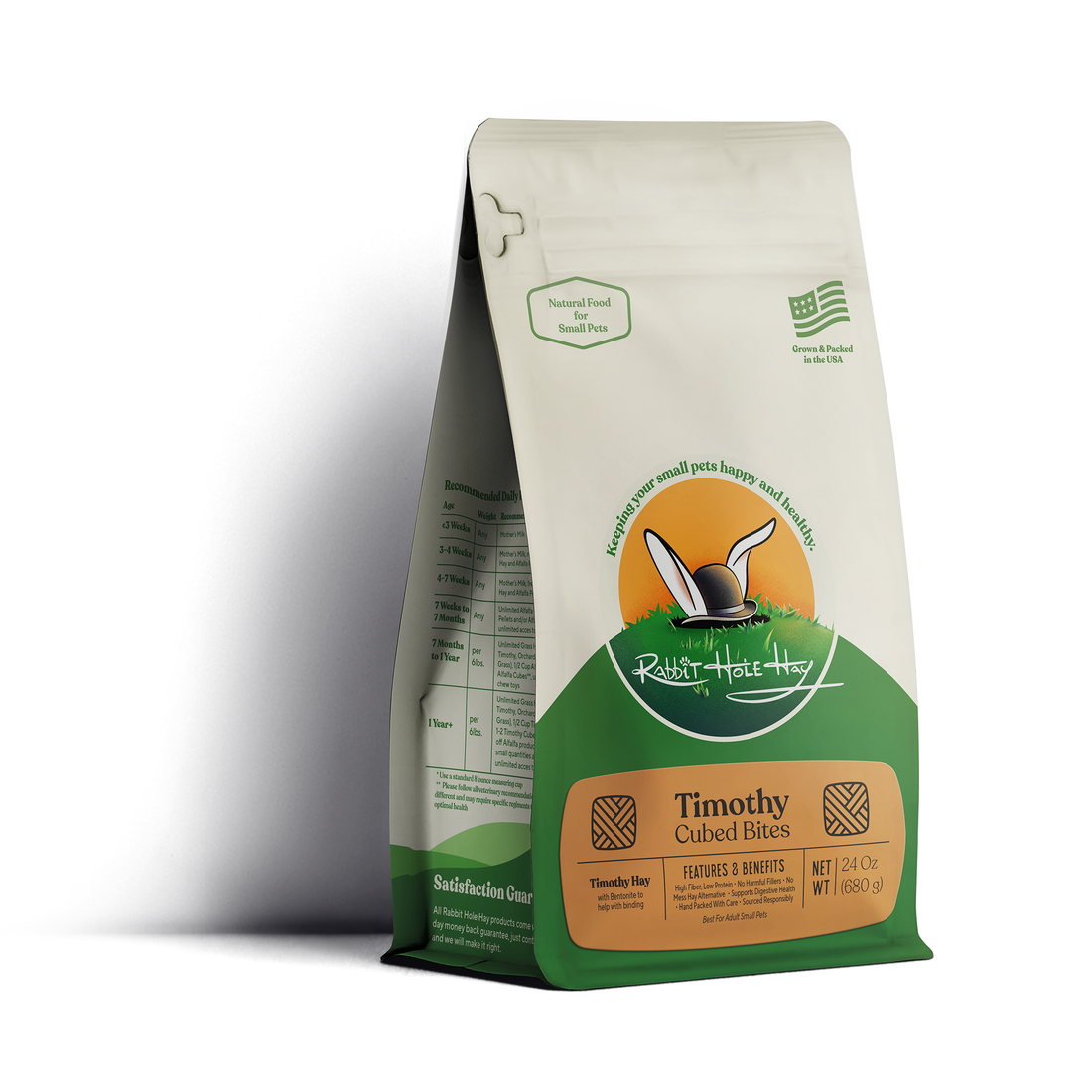








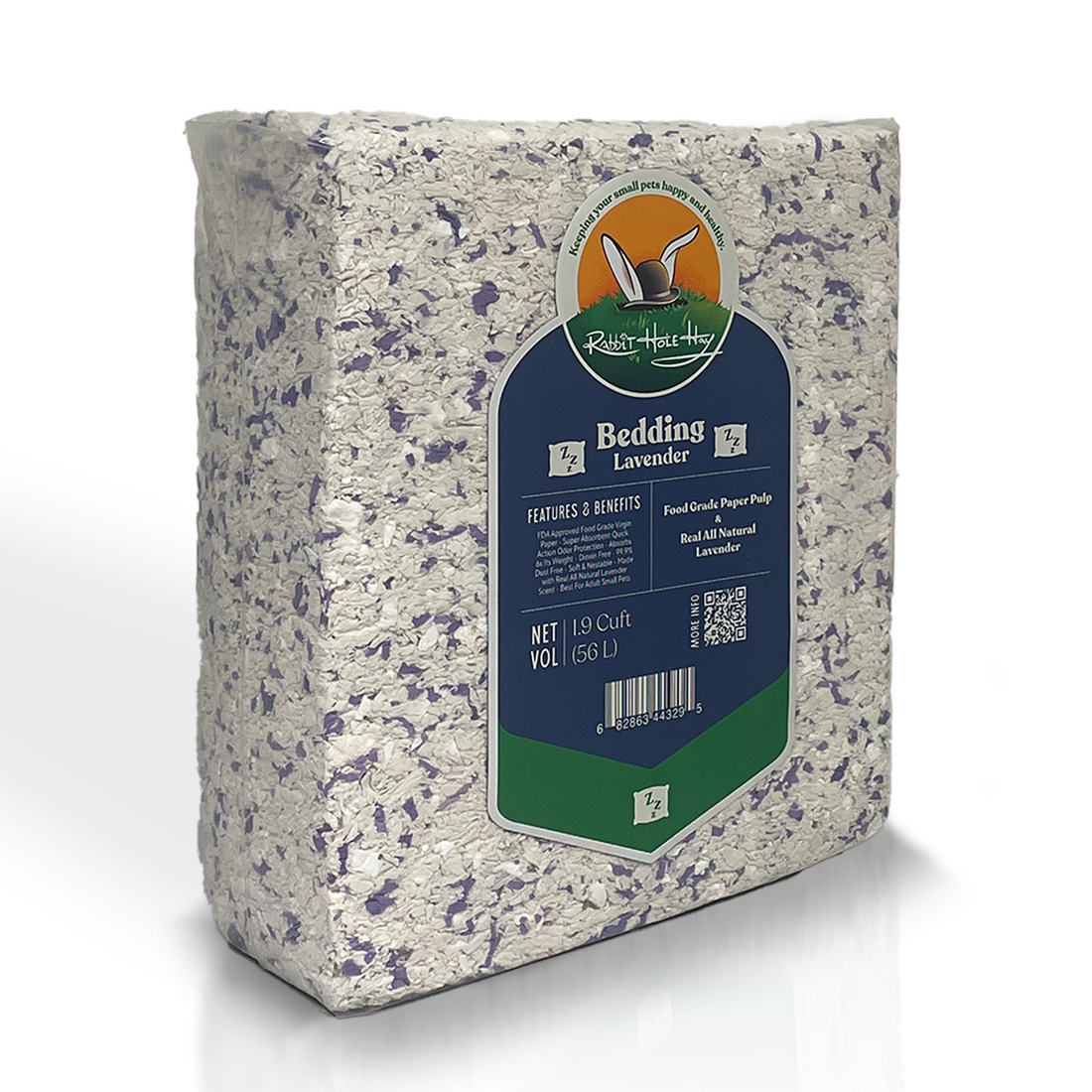


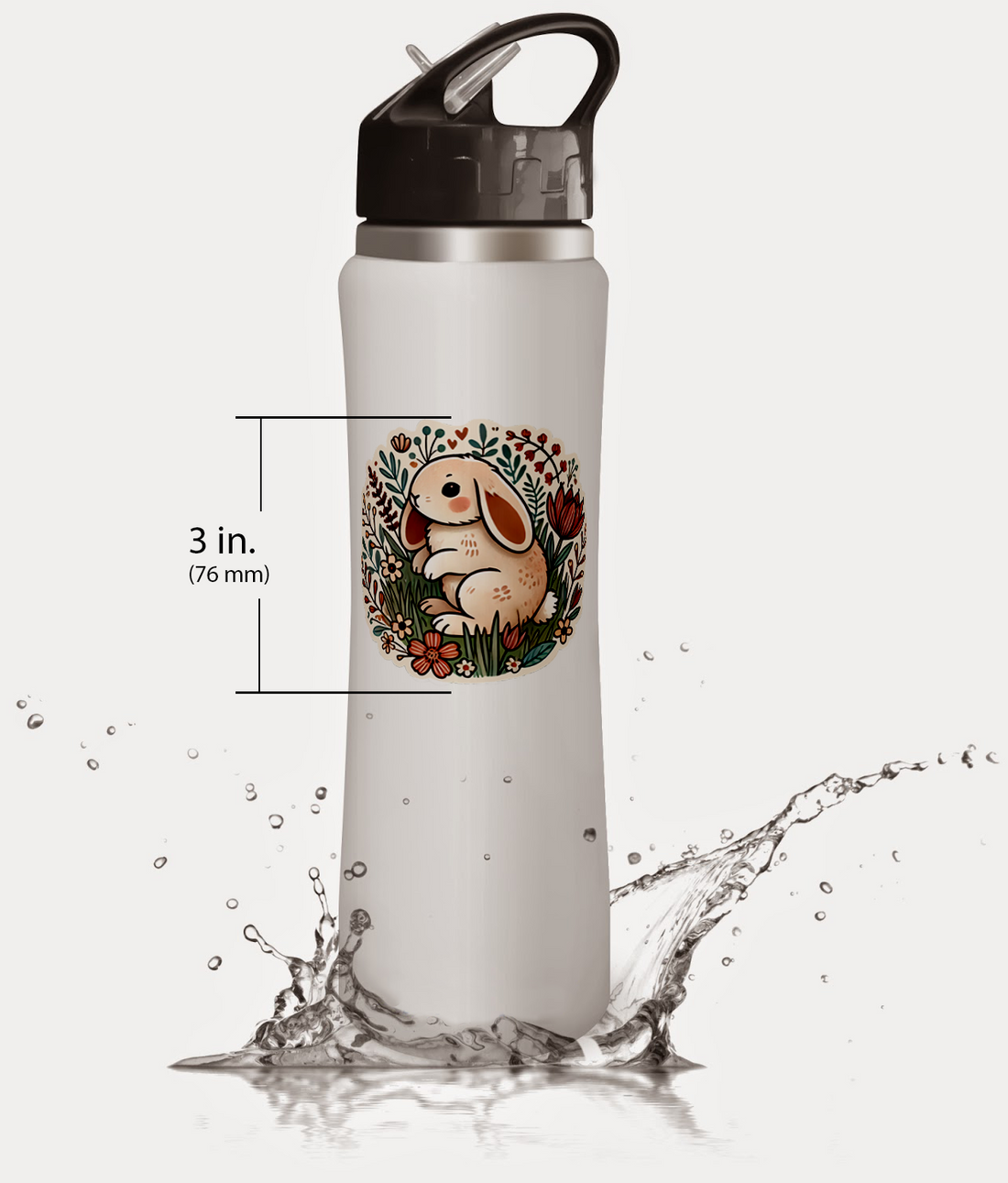



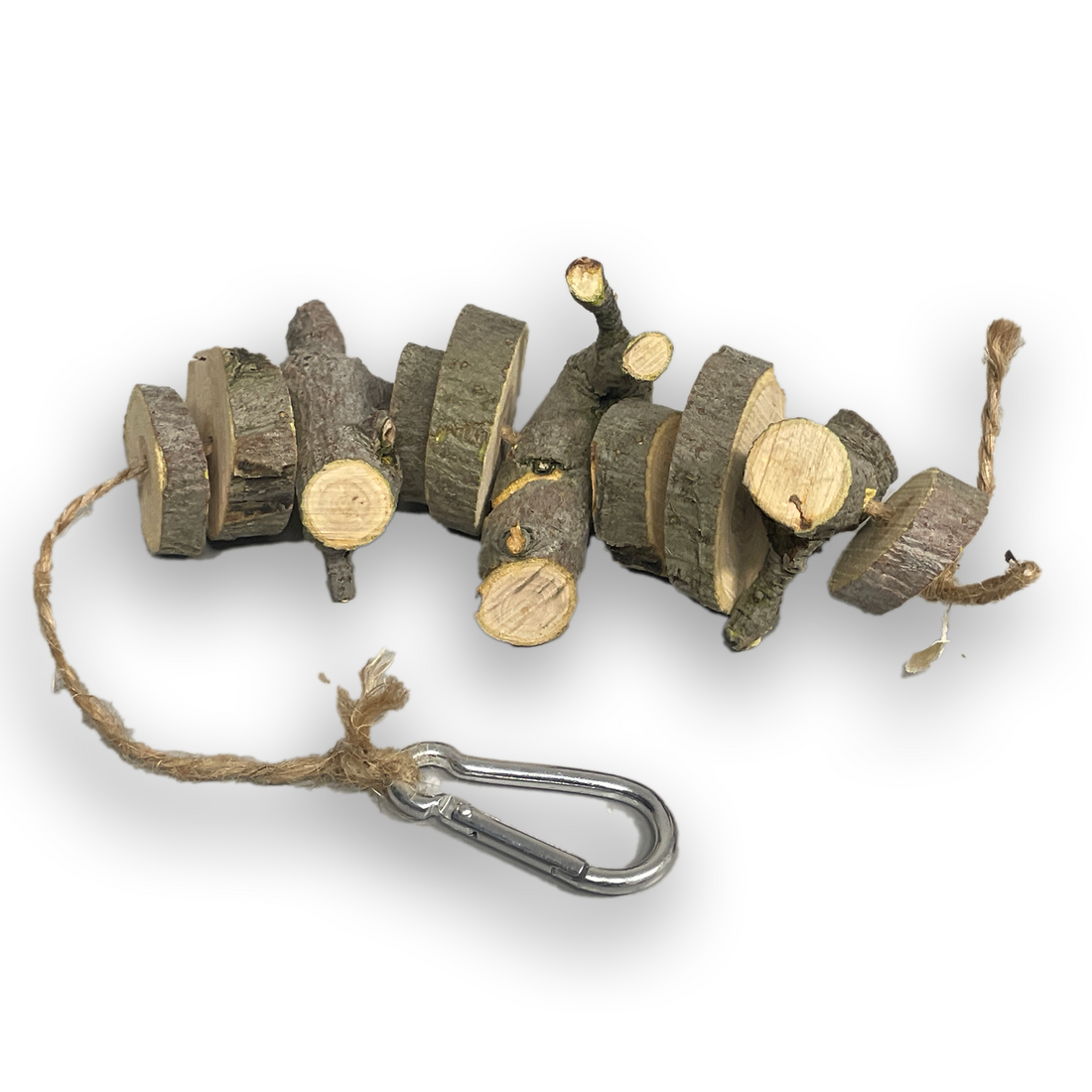



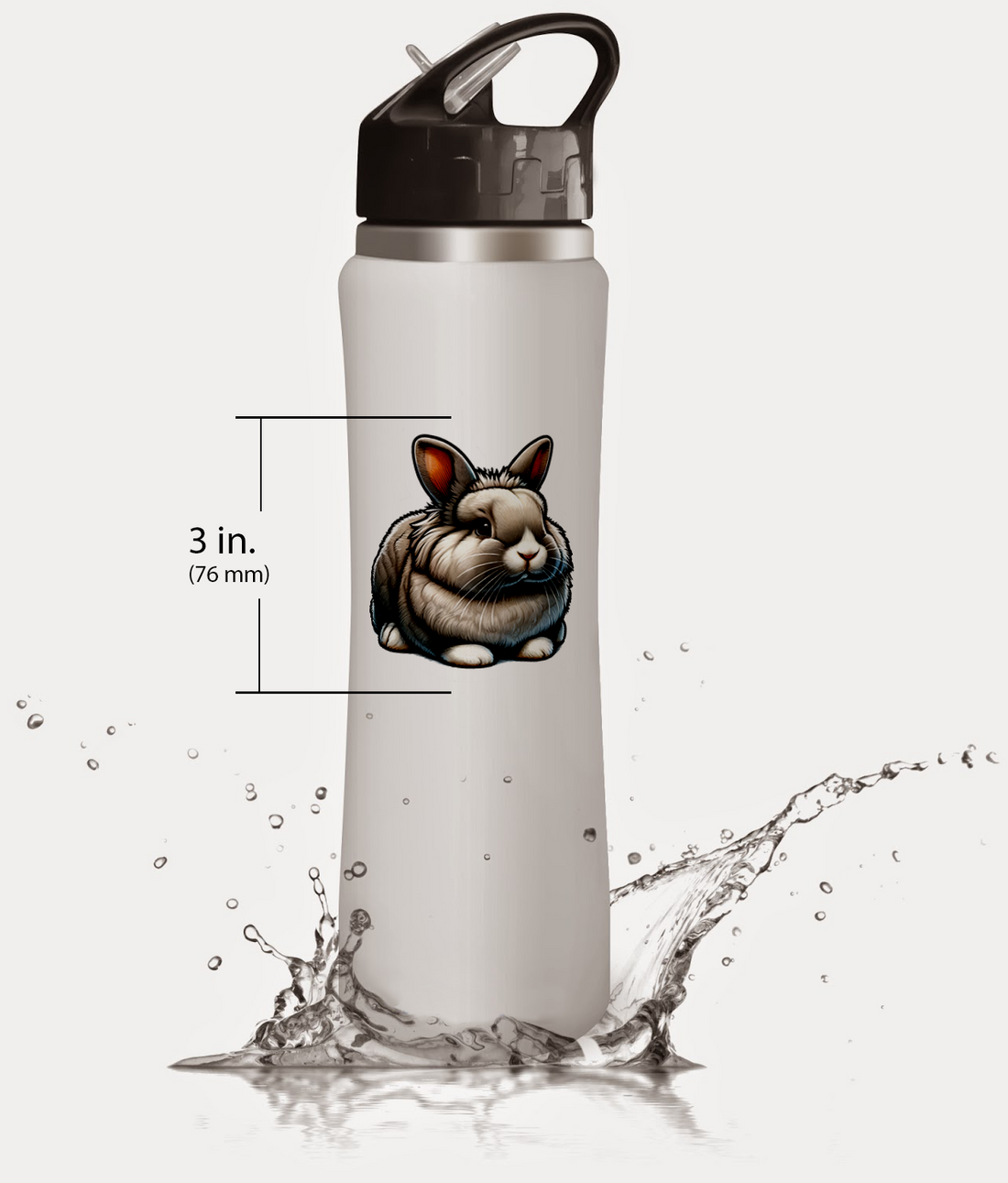

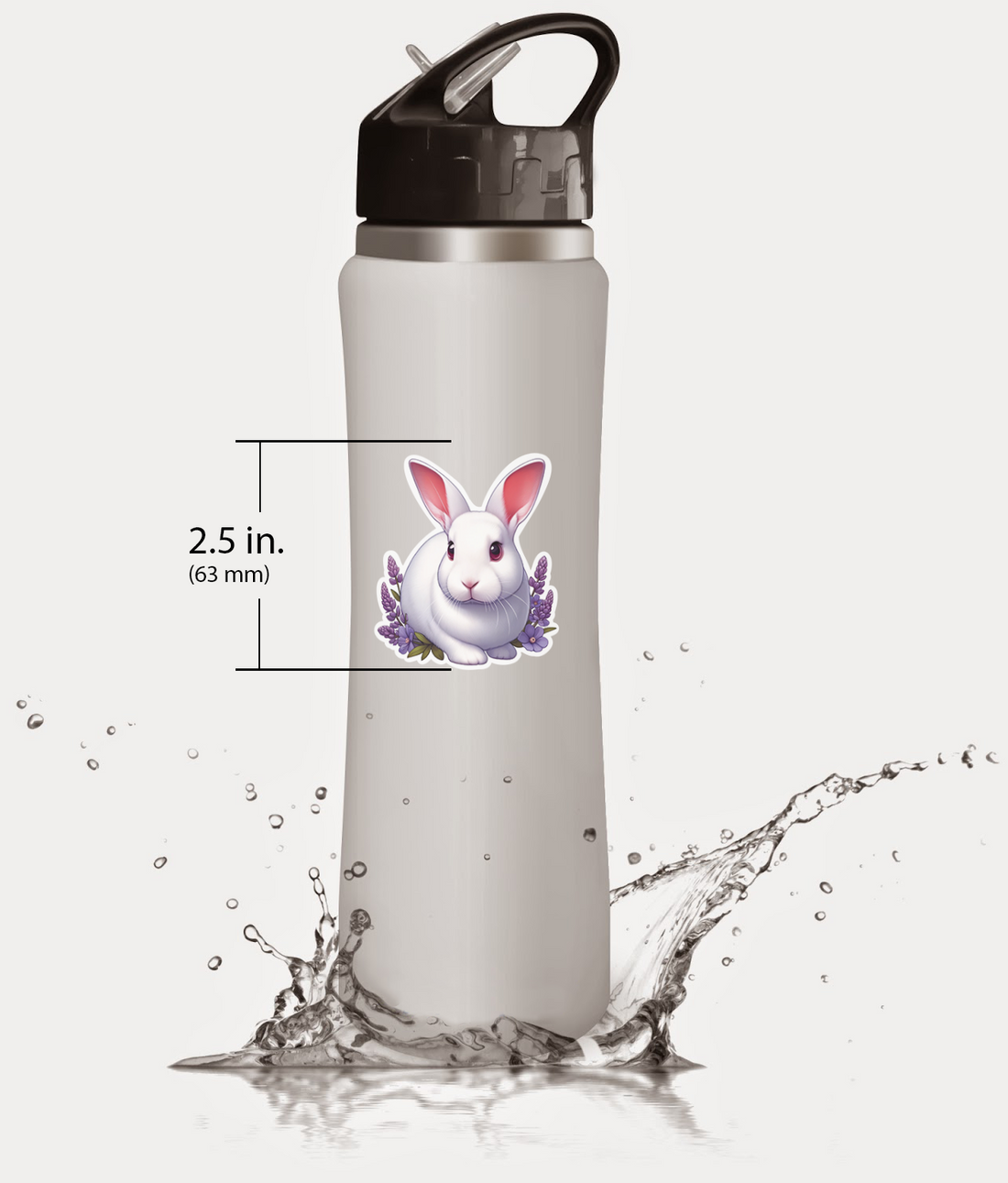
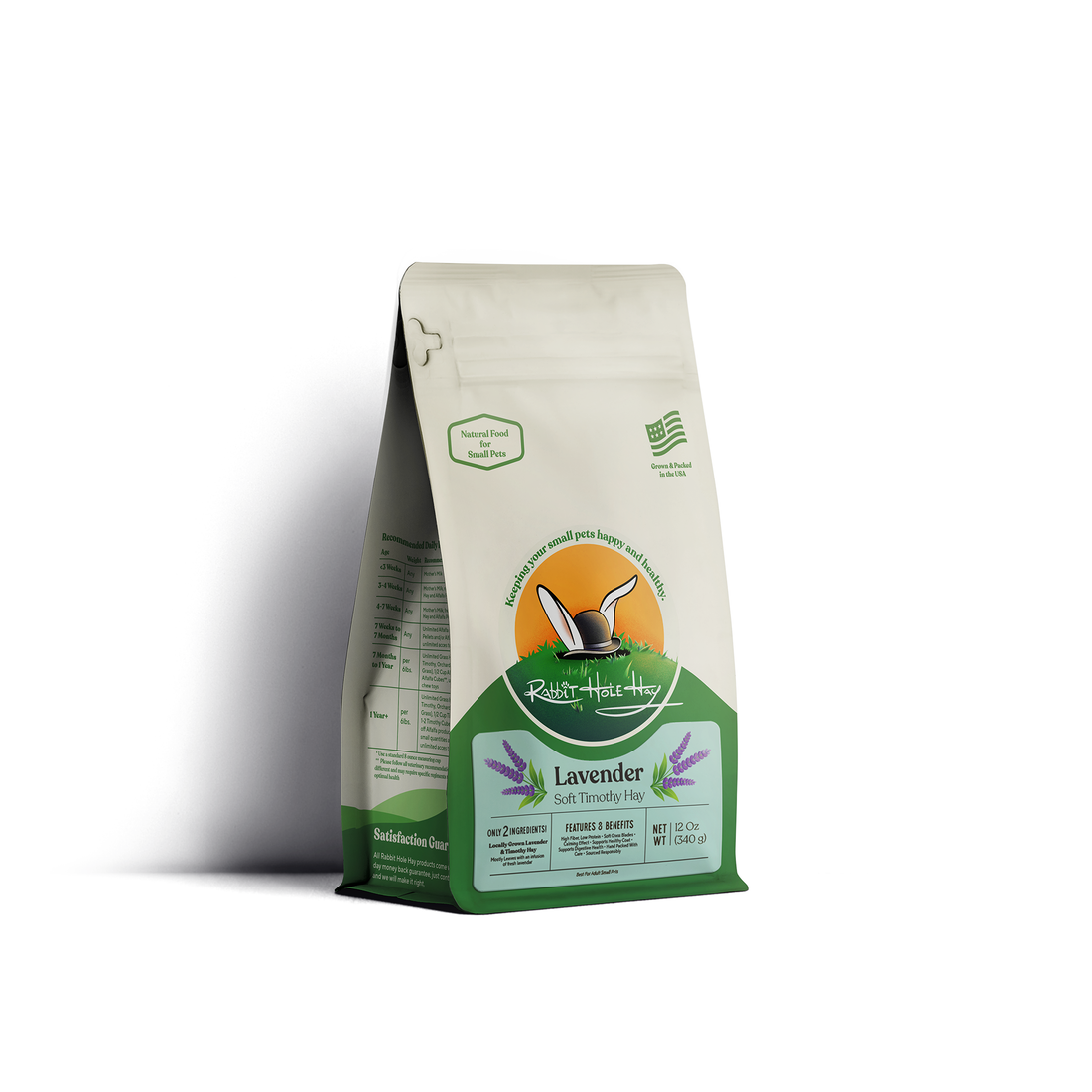
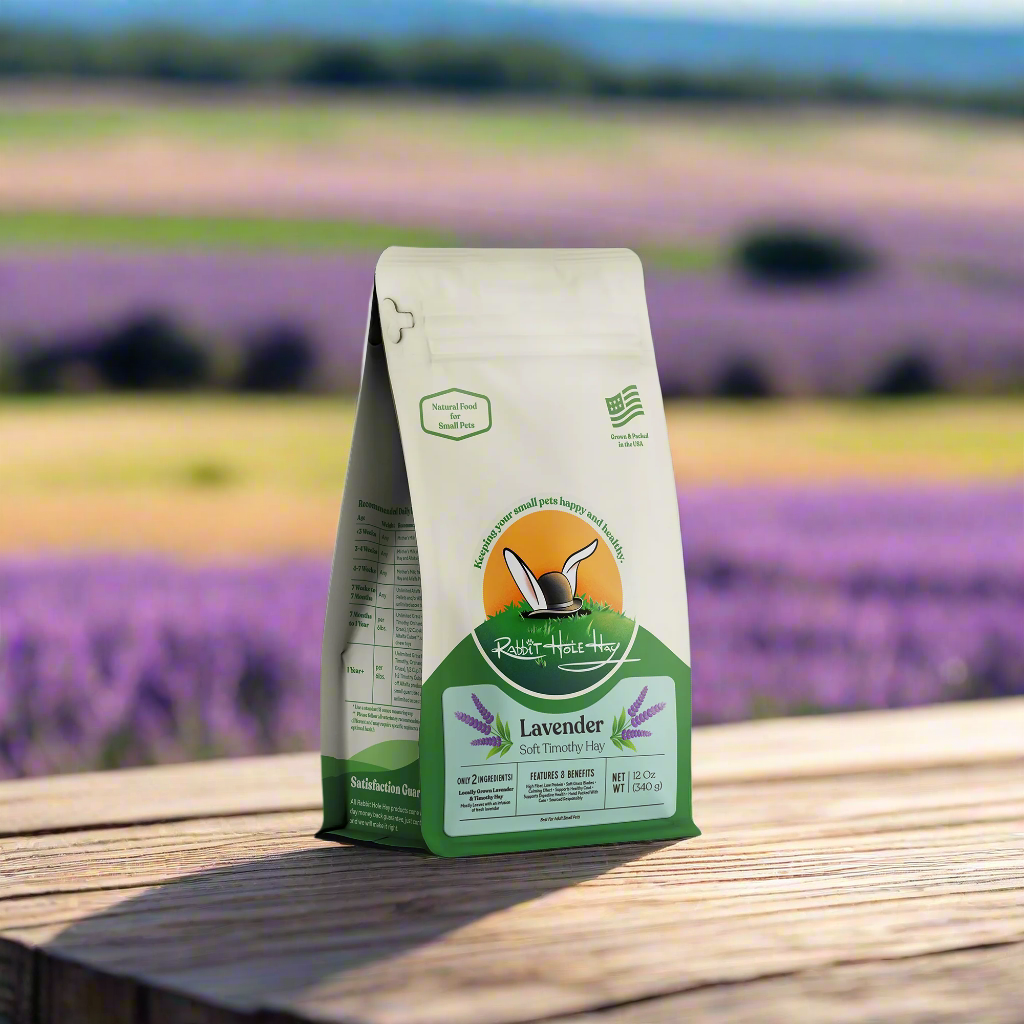



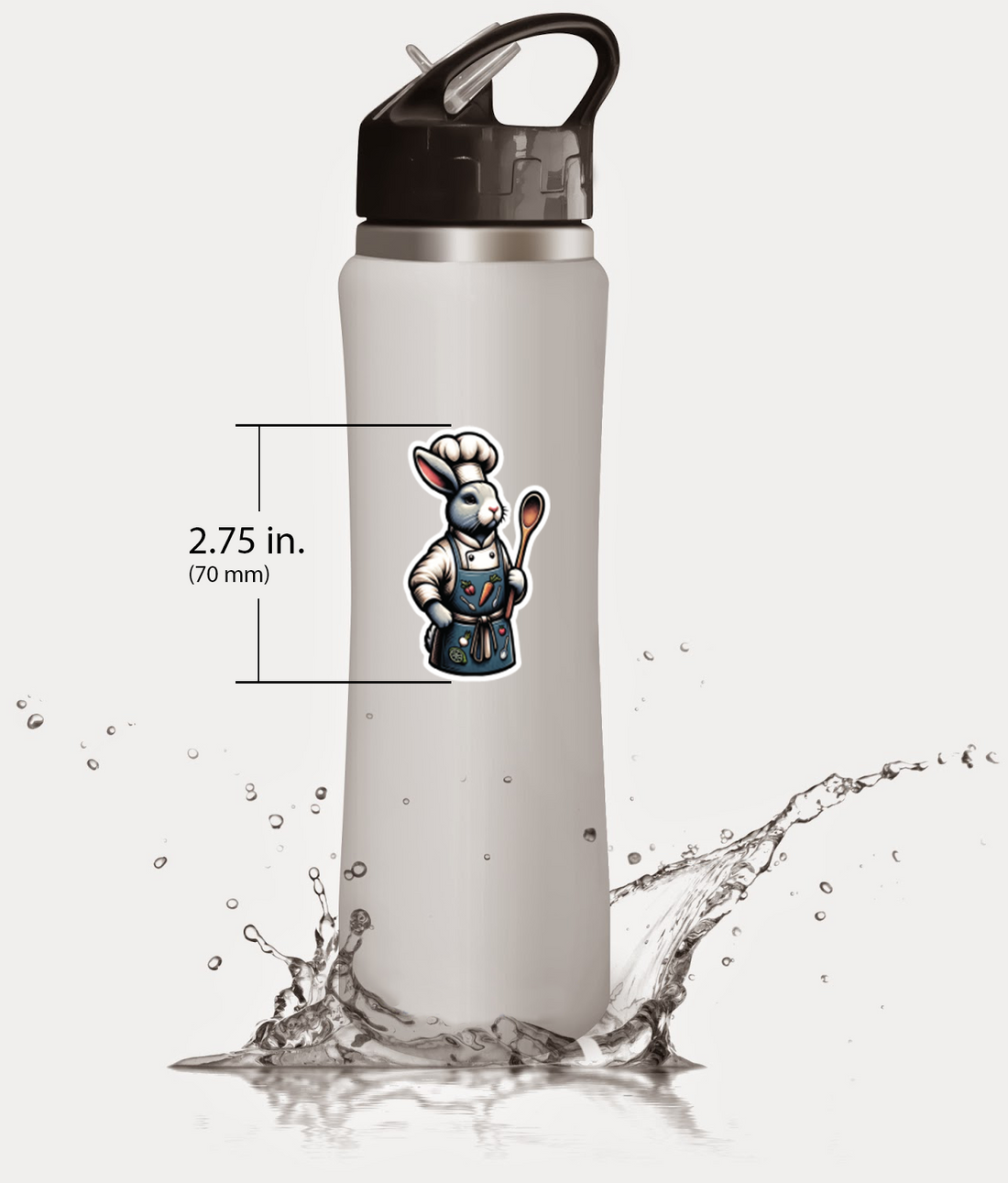









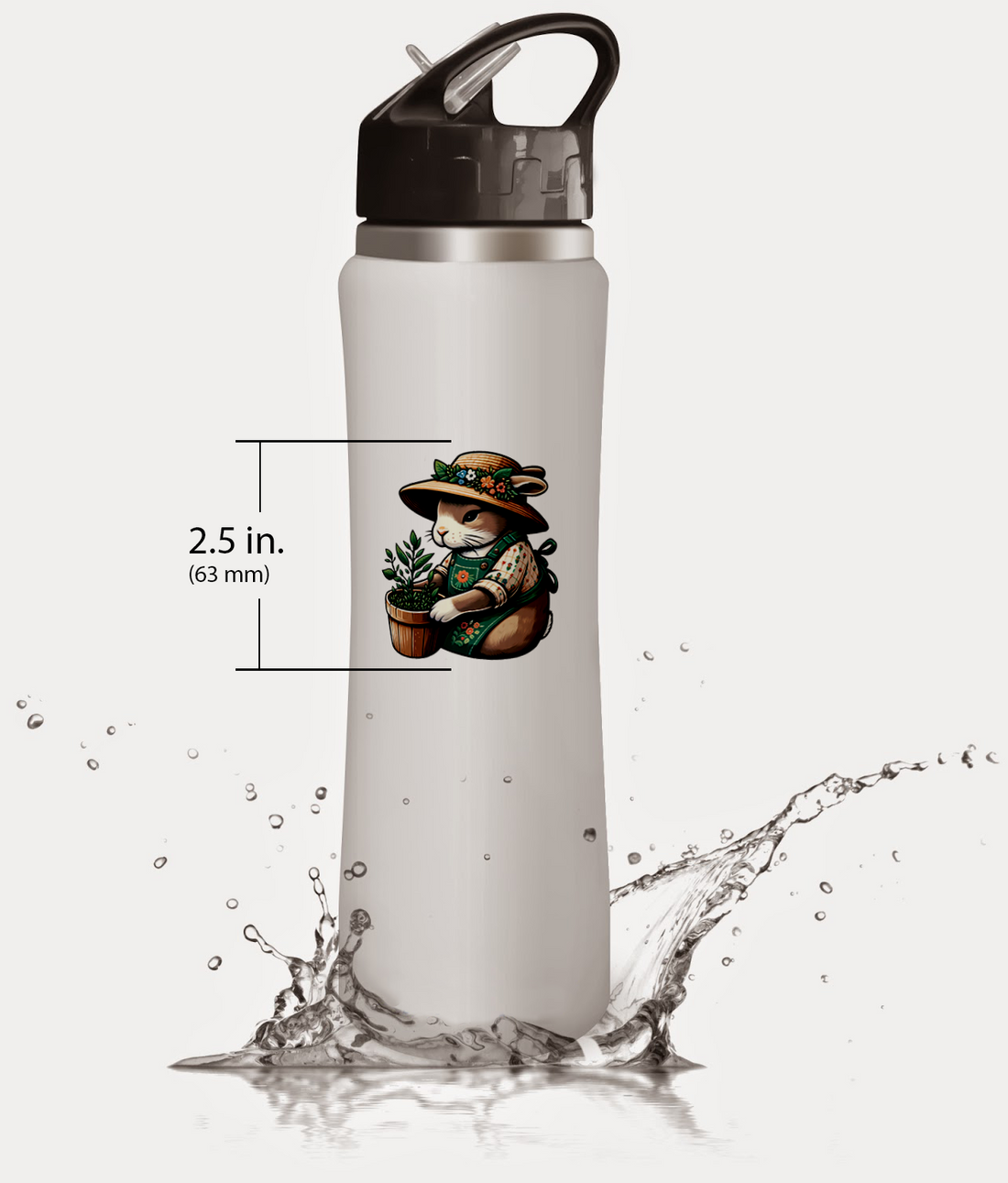







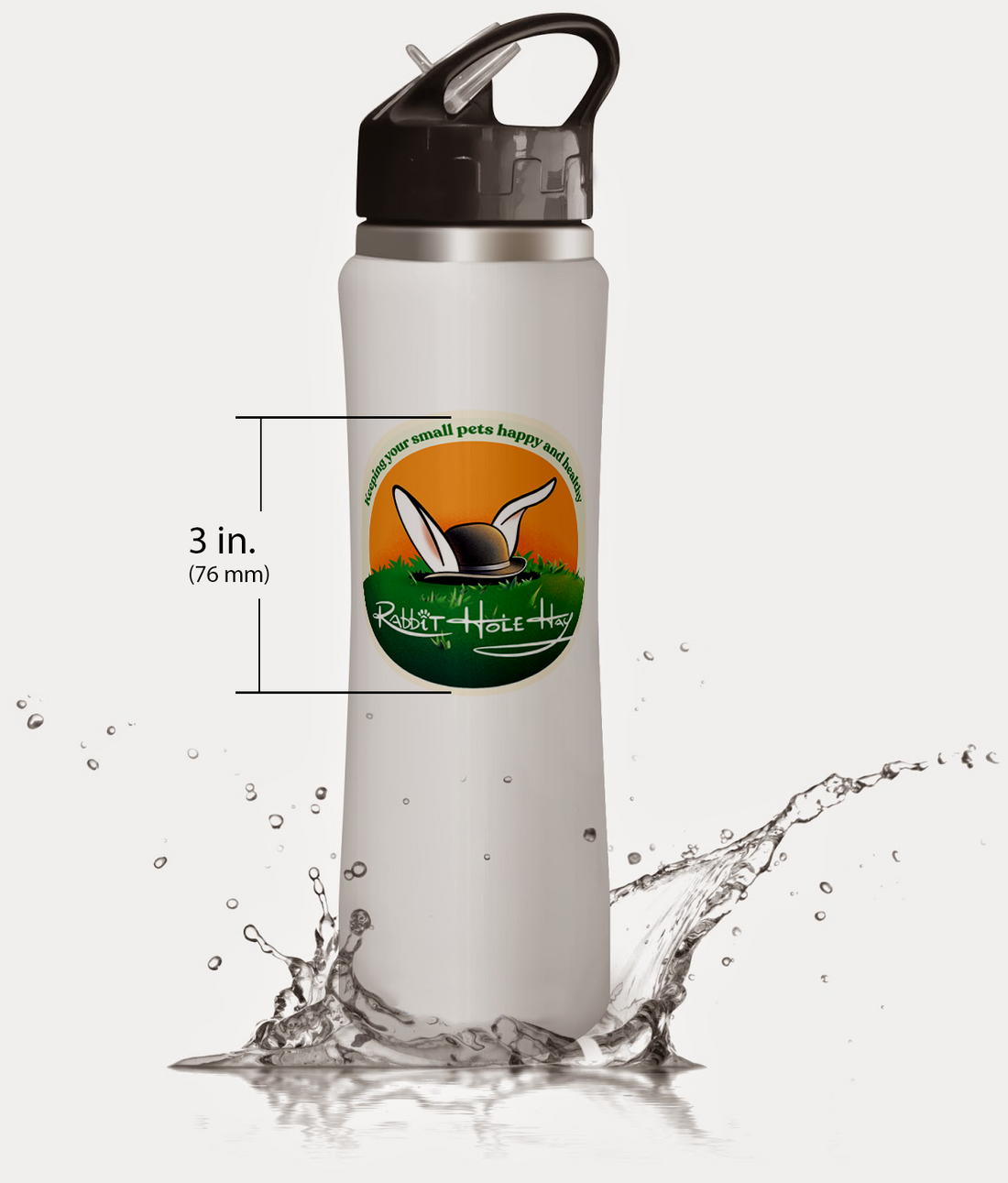









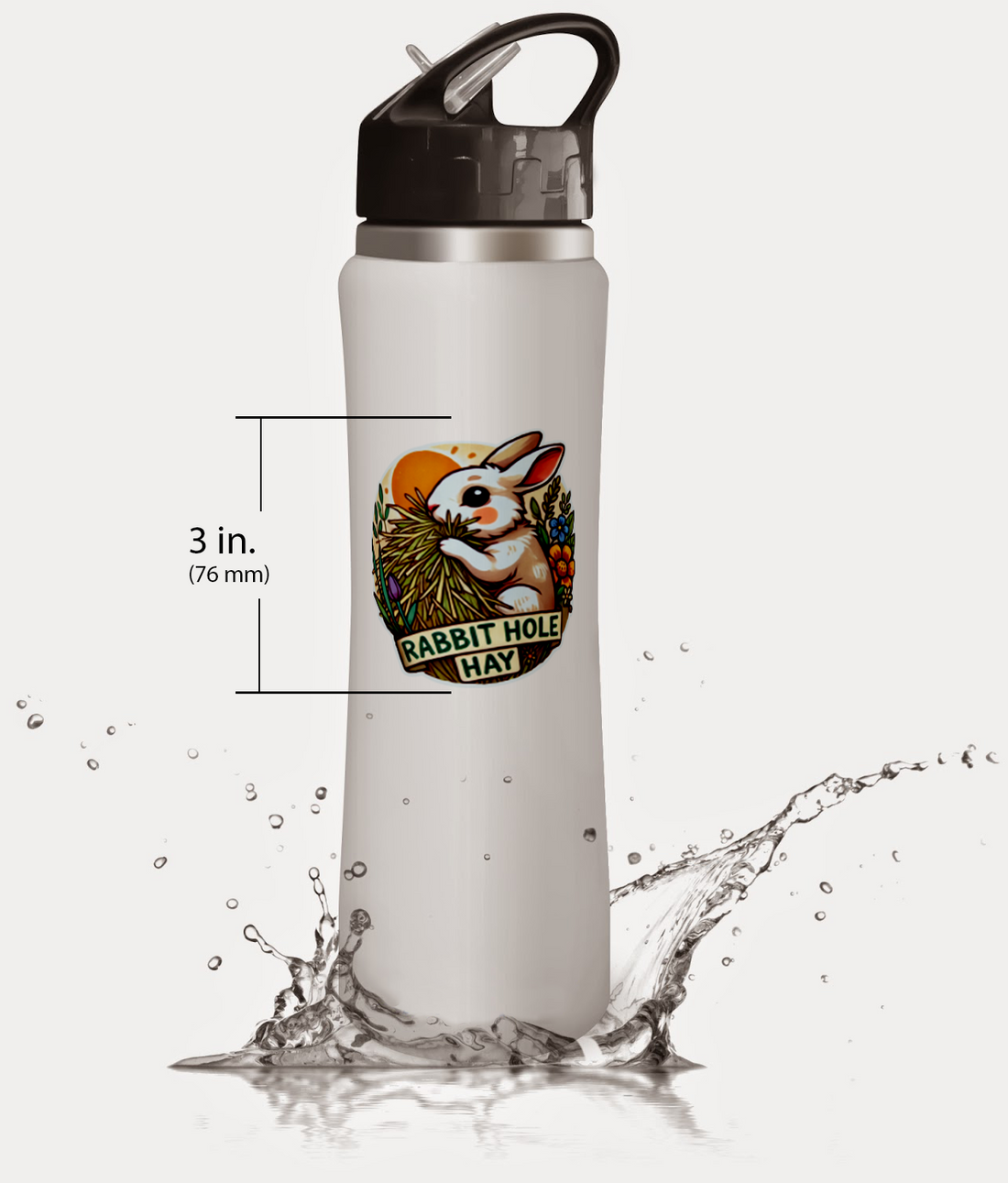

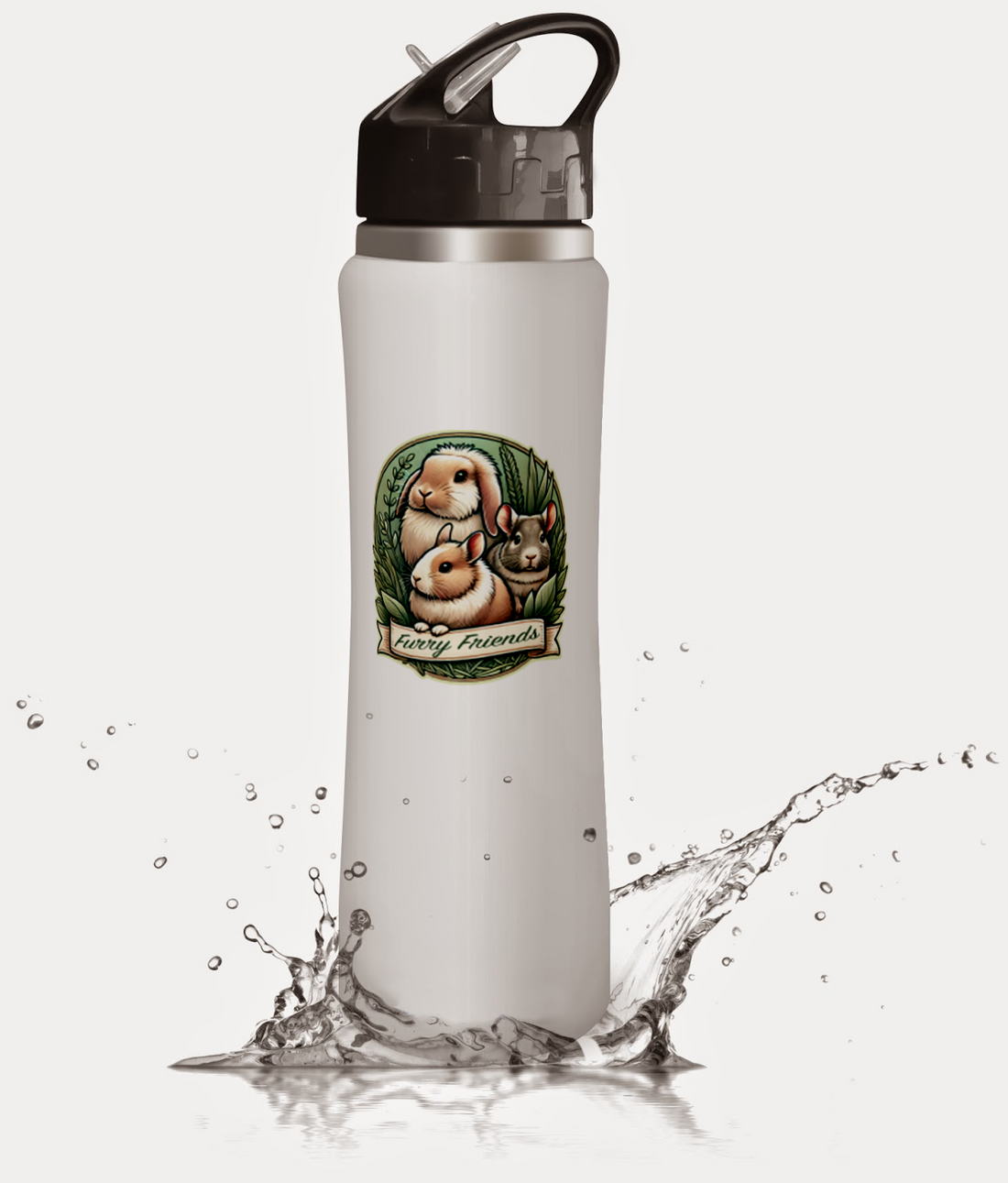





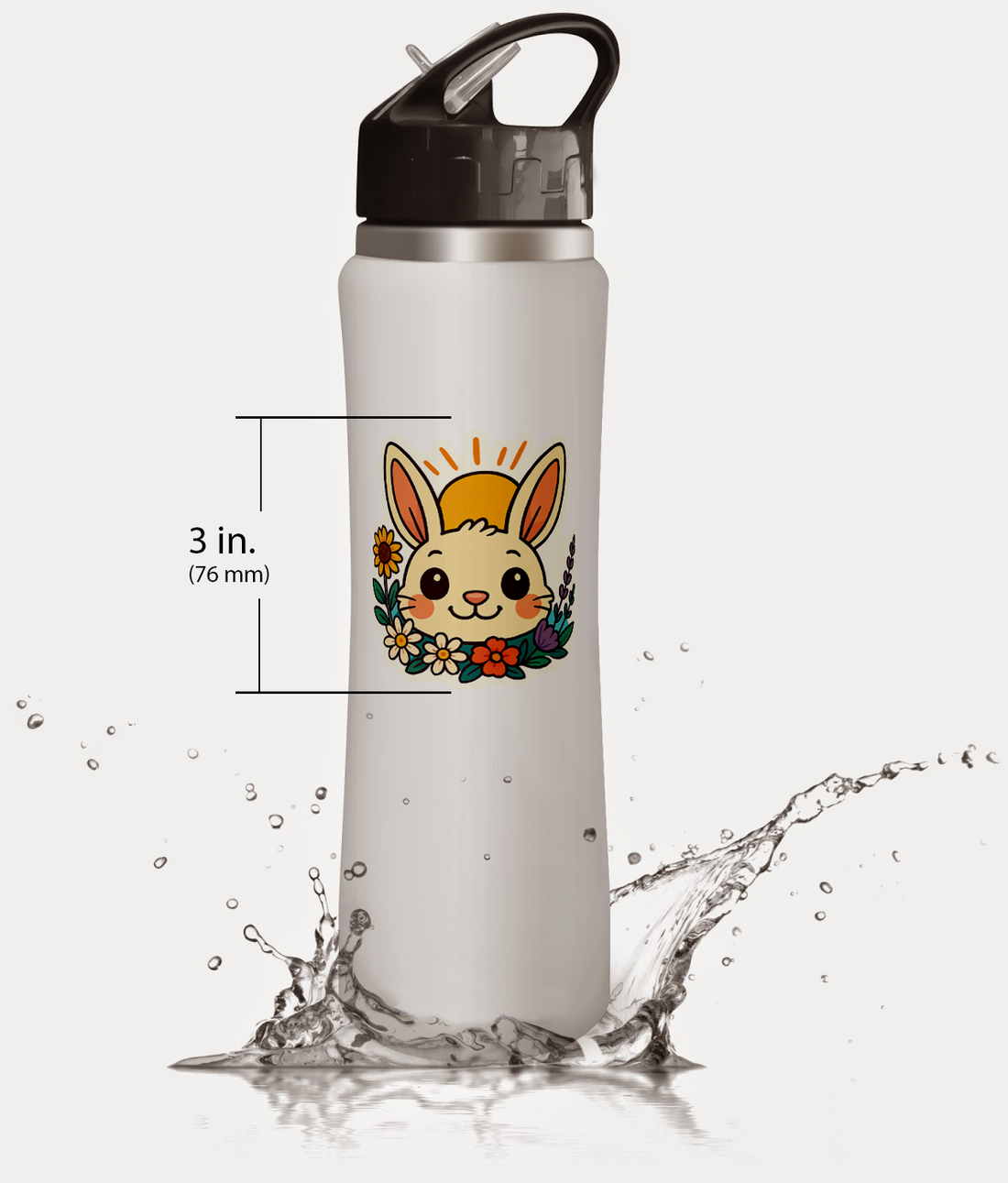






Comments